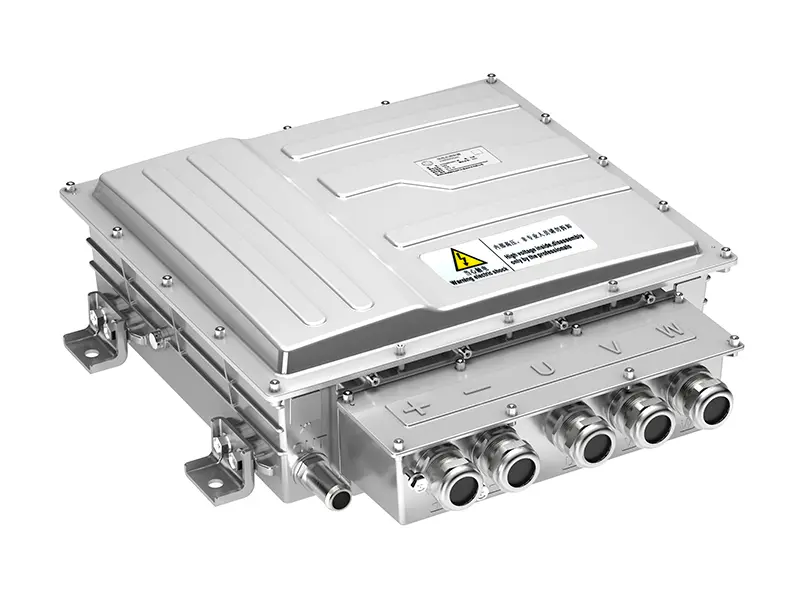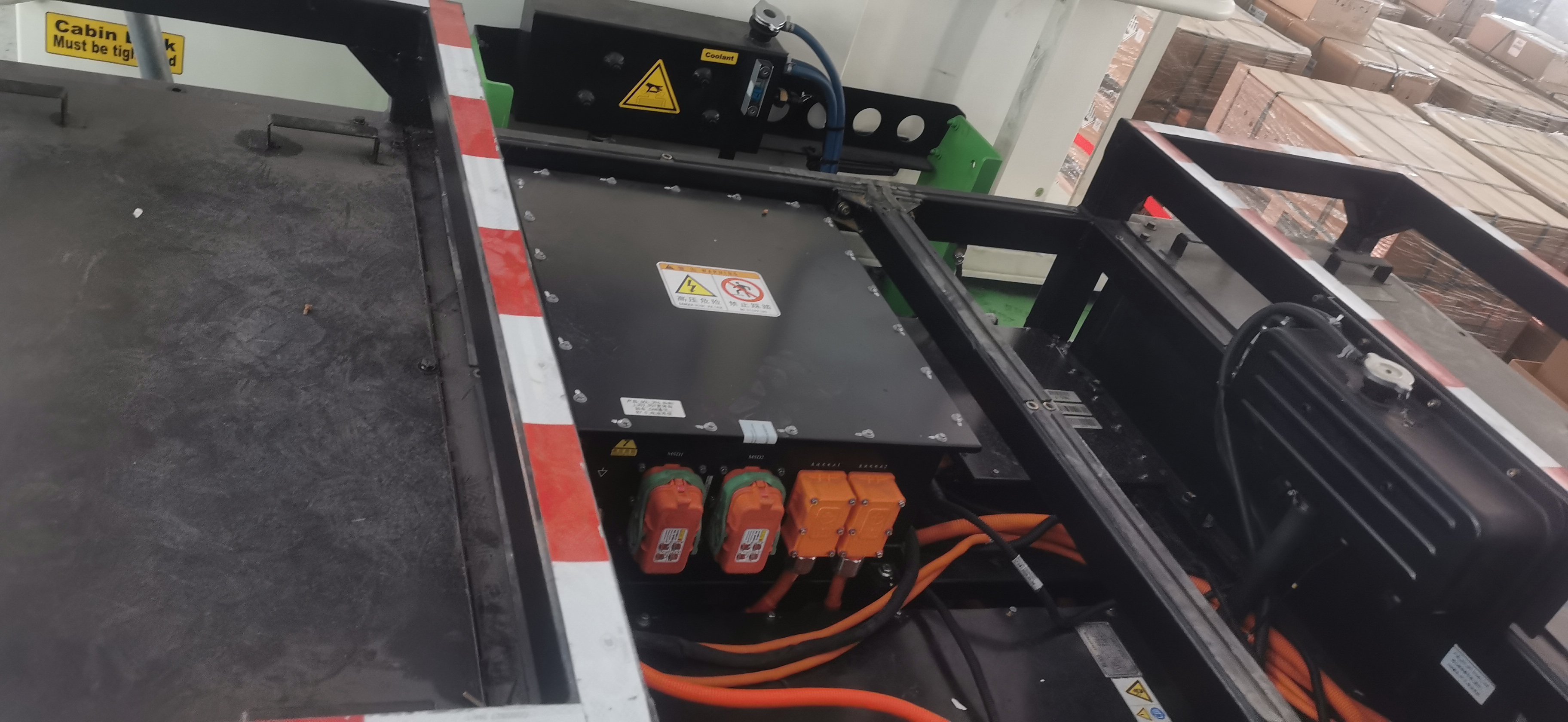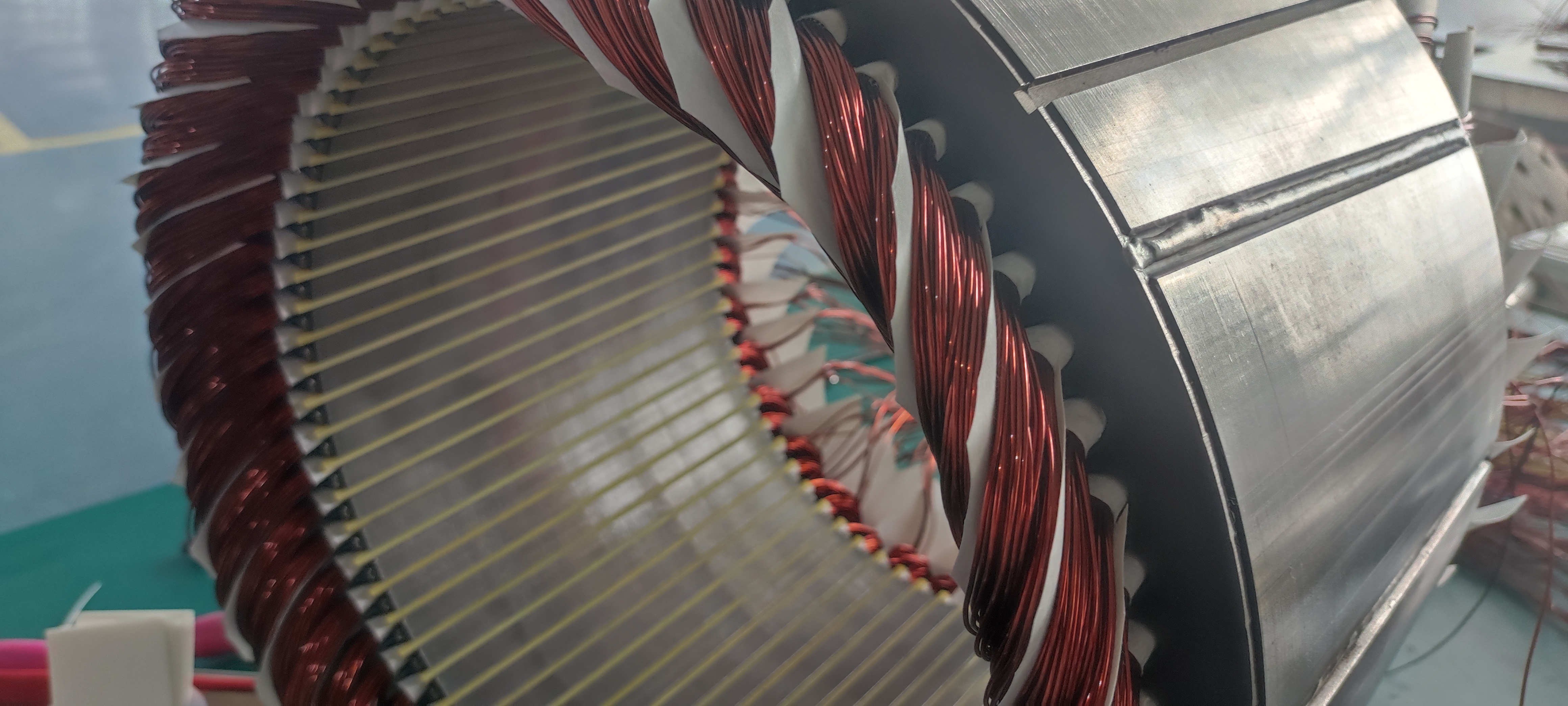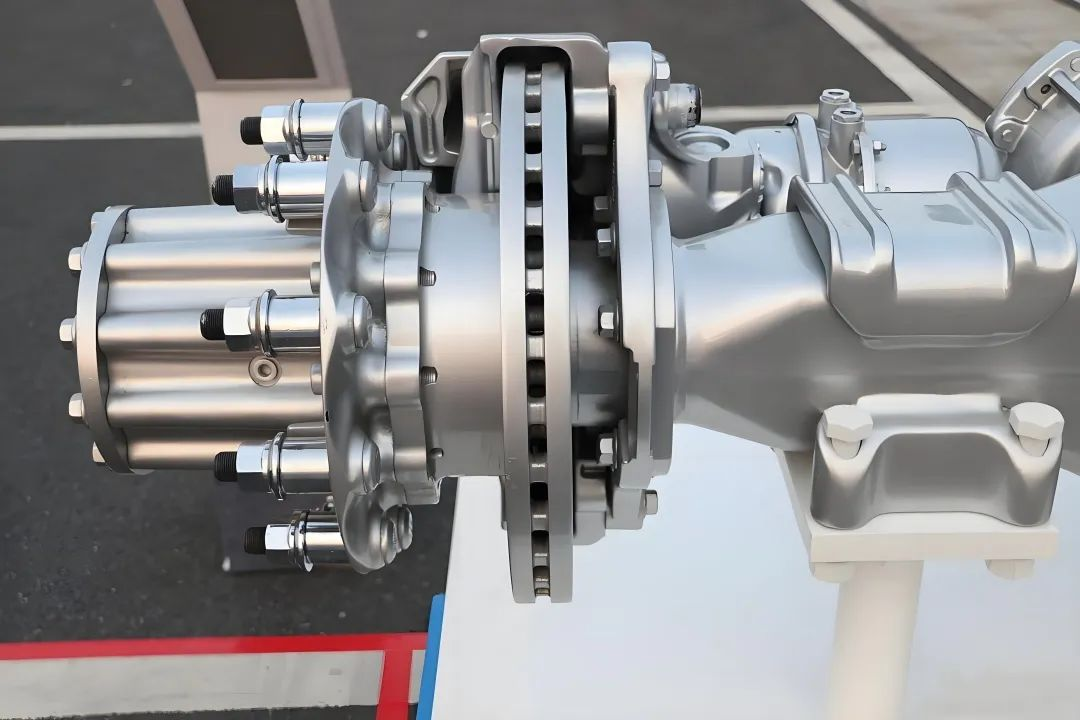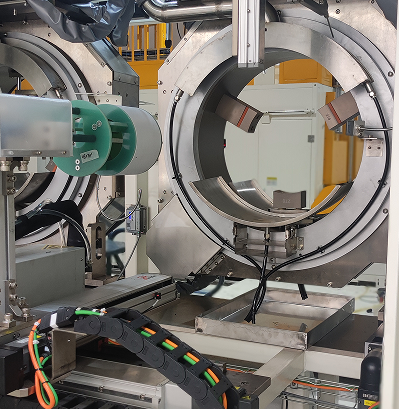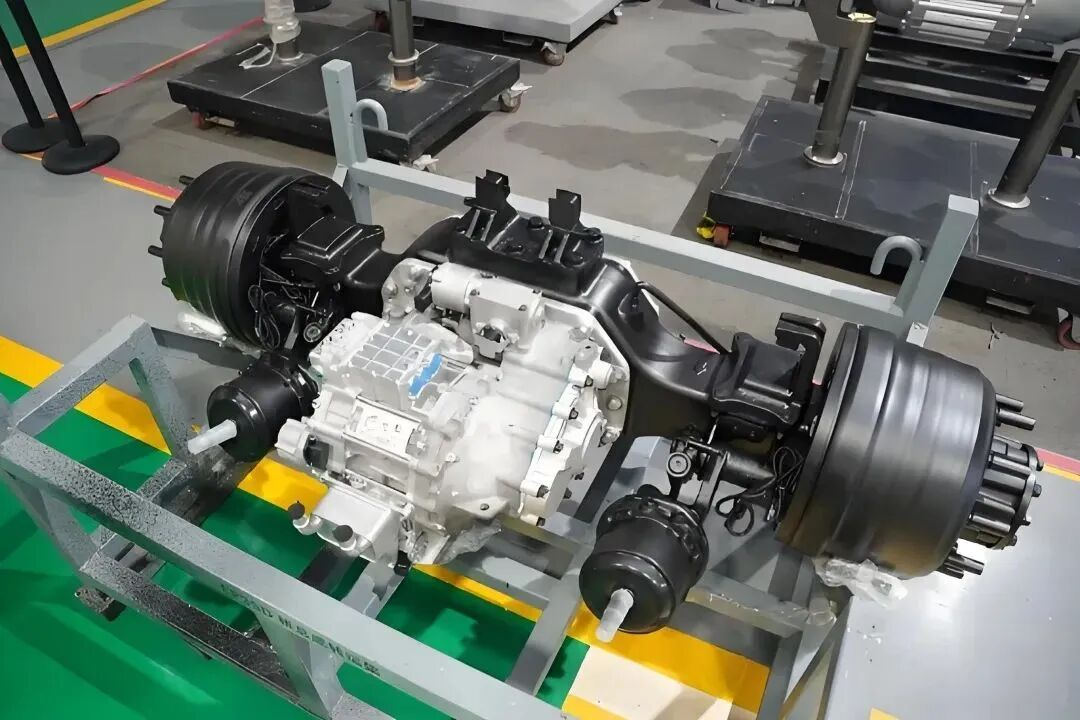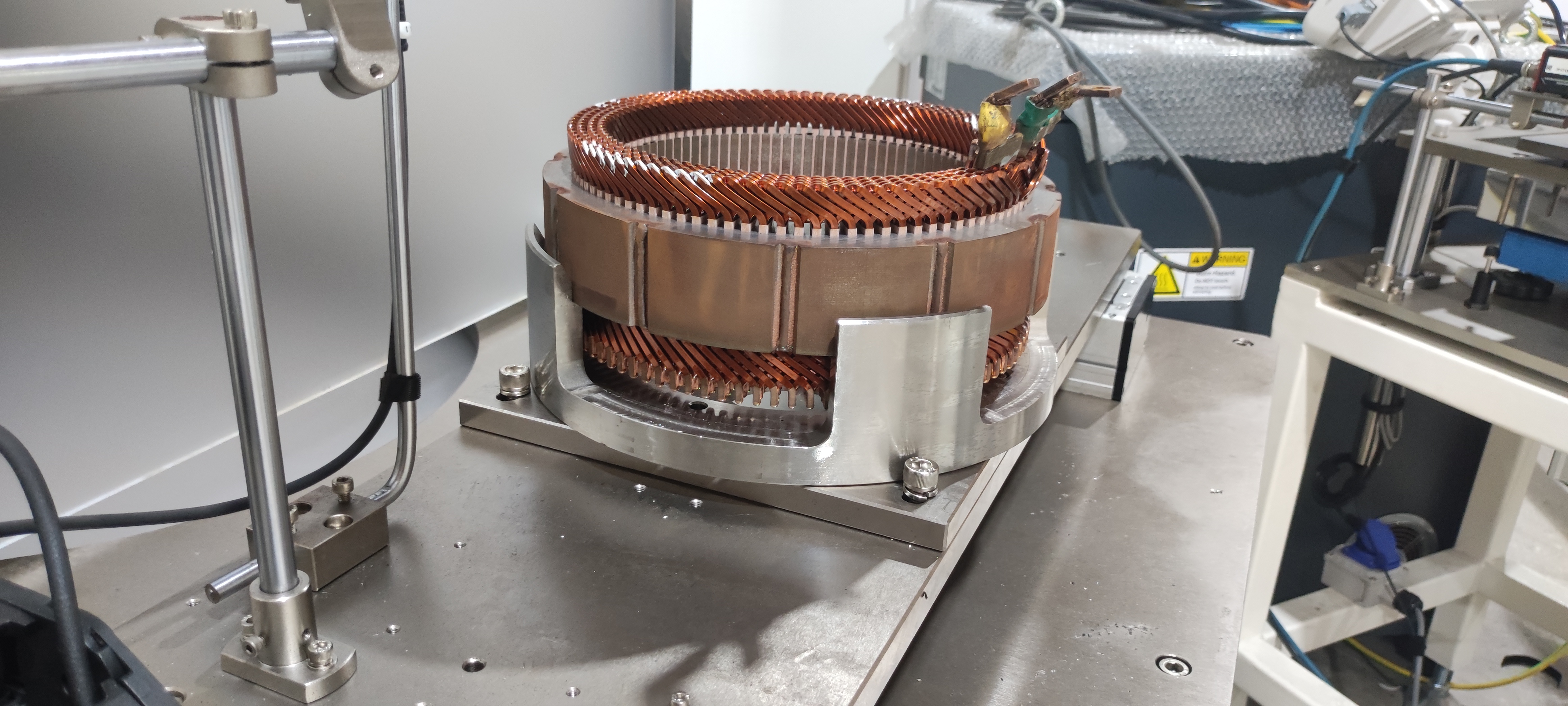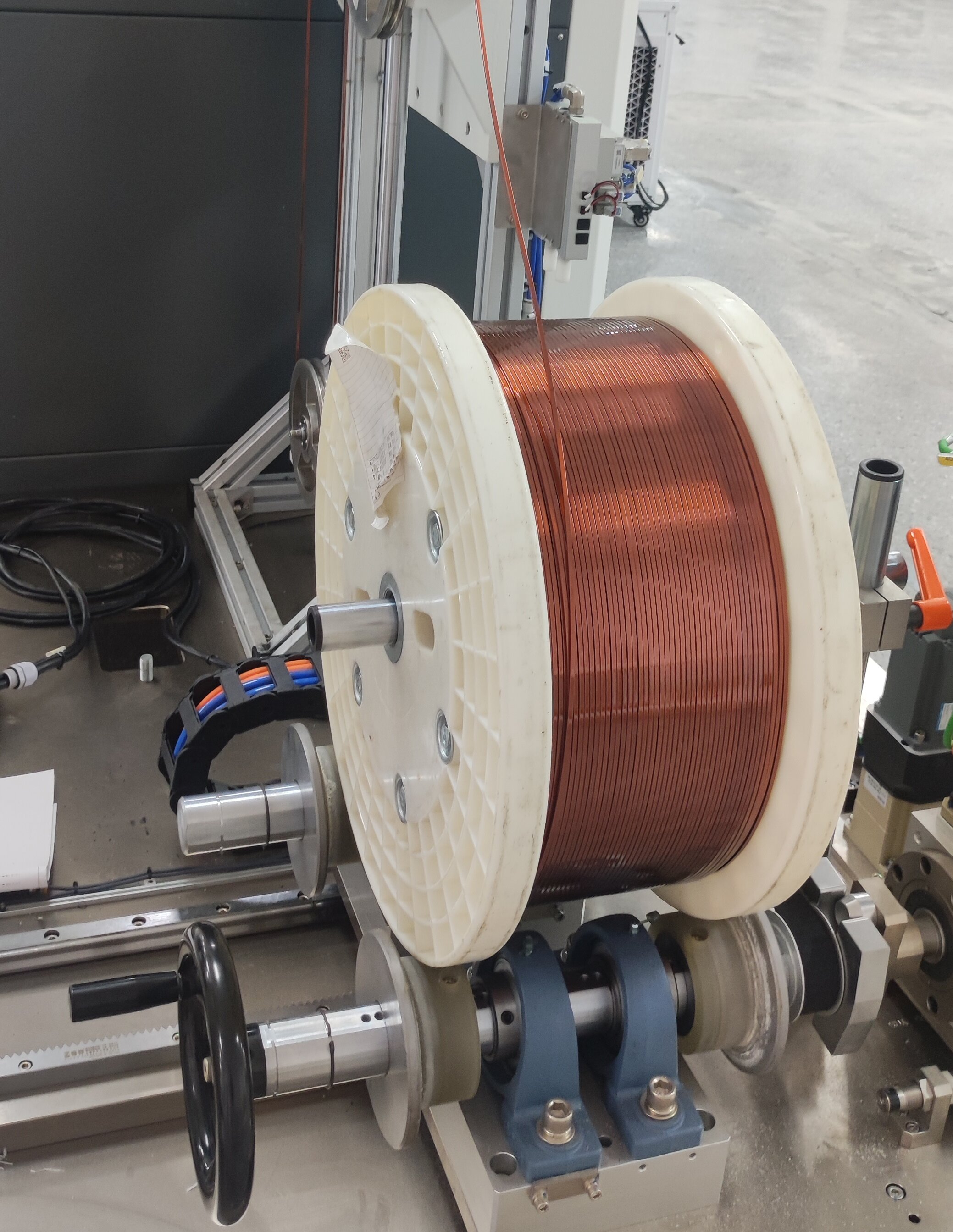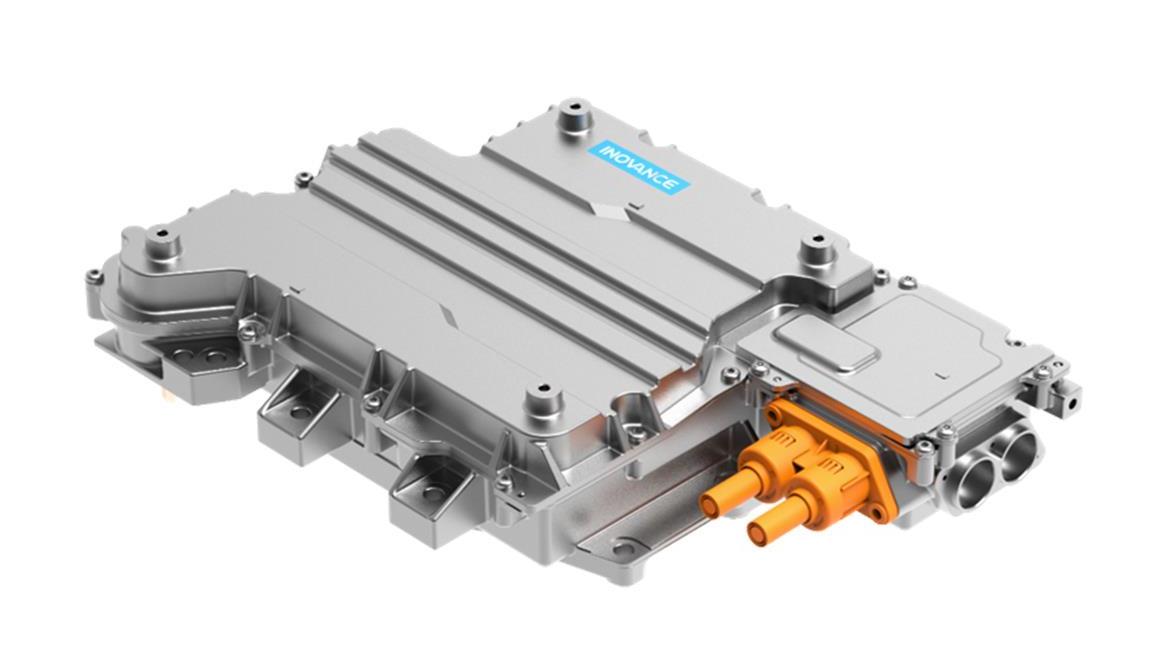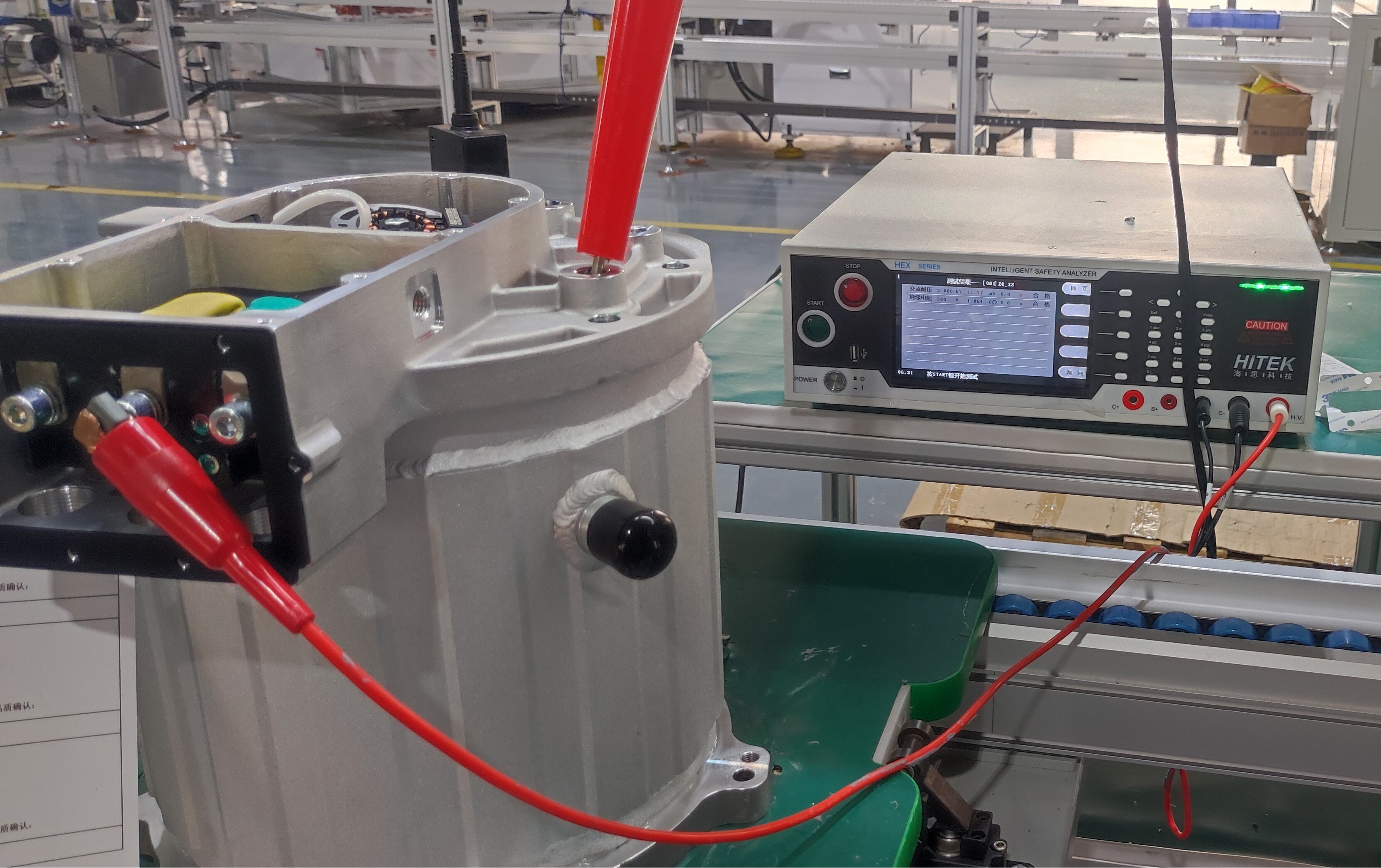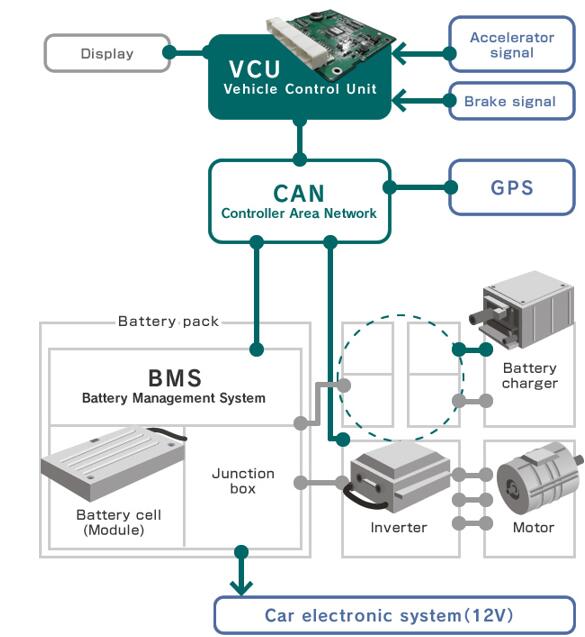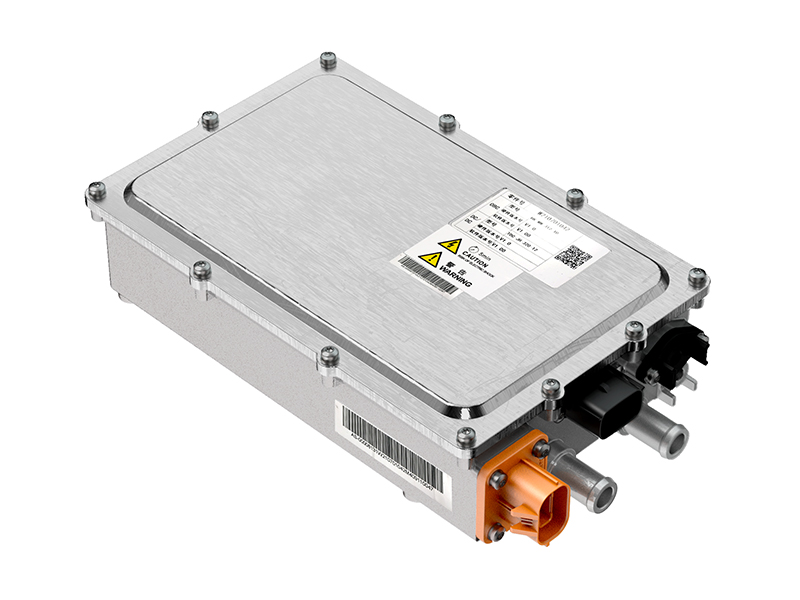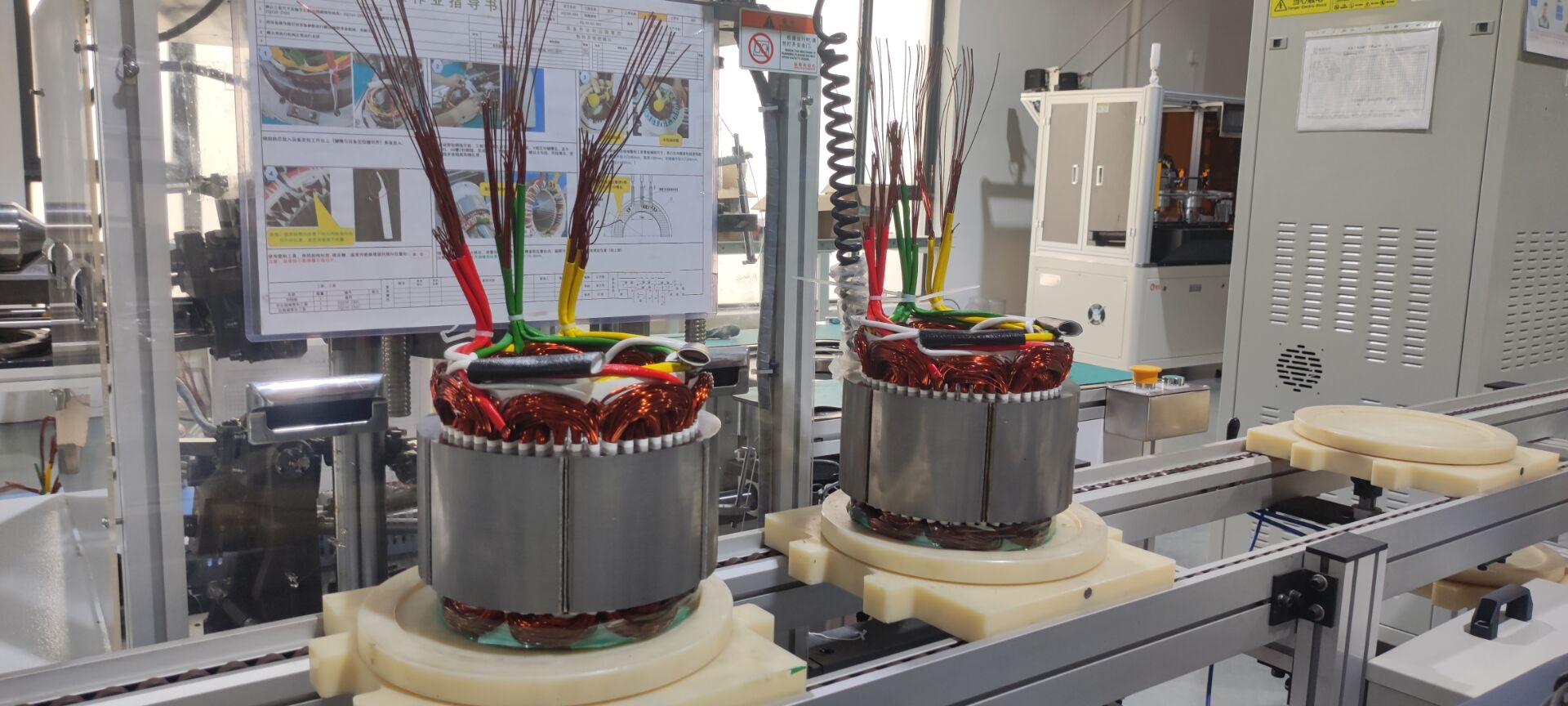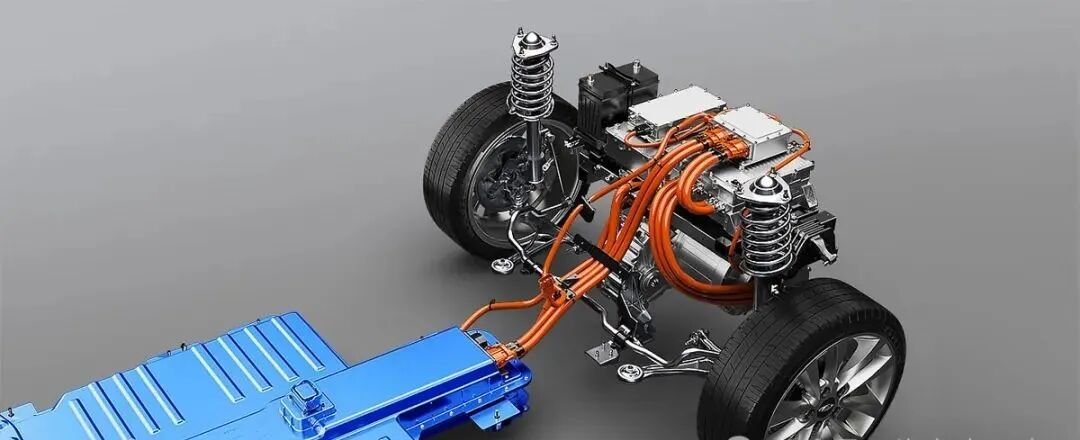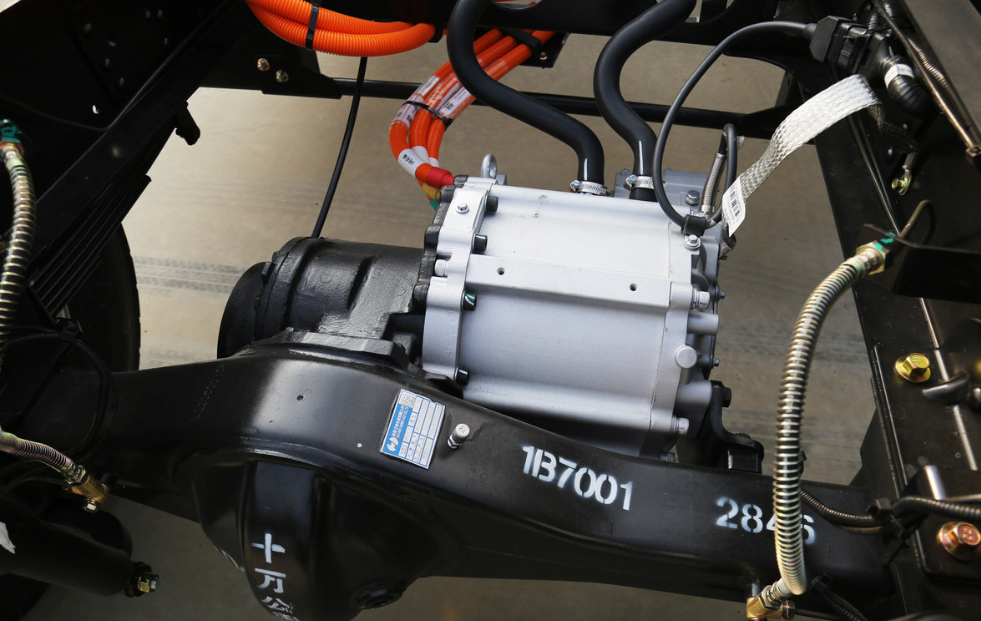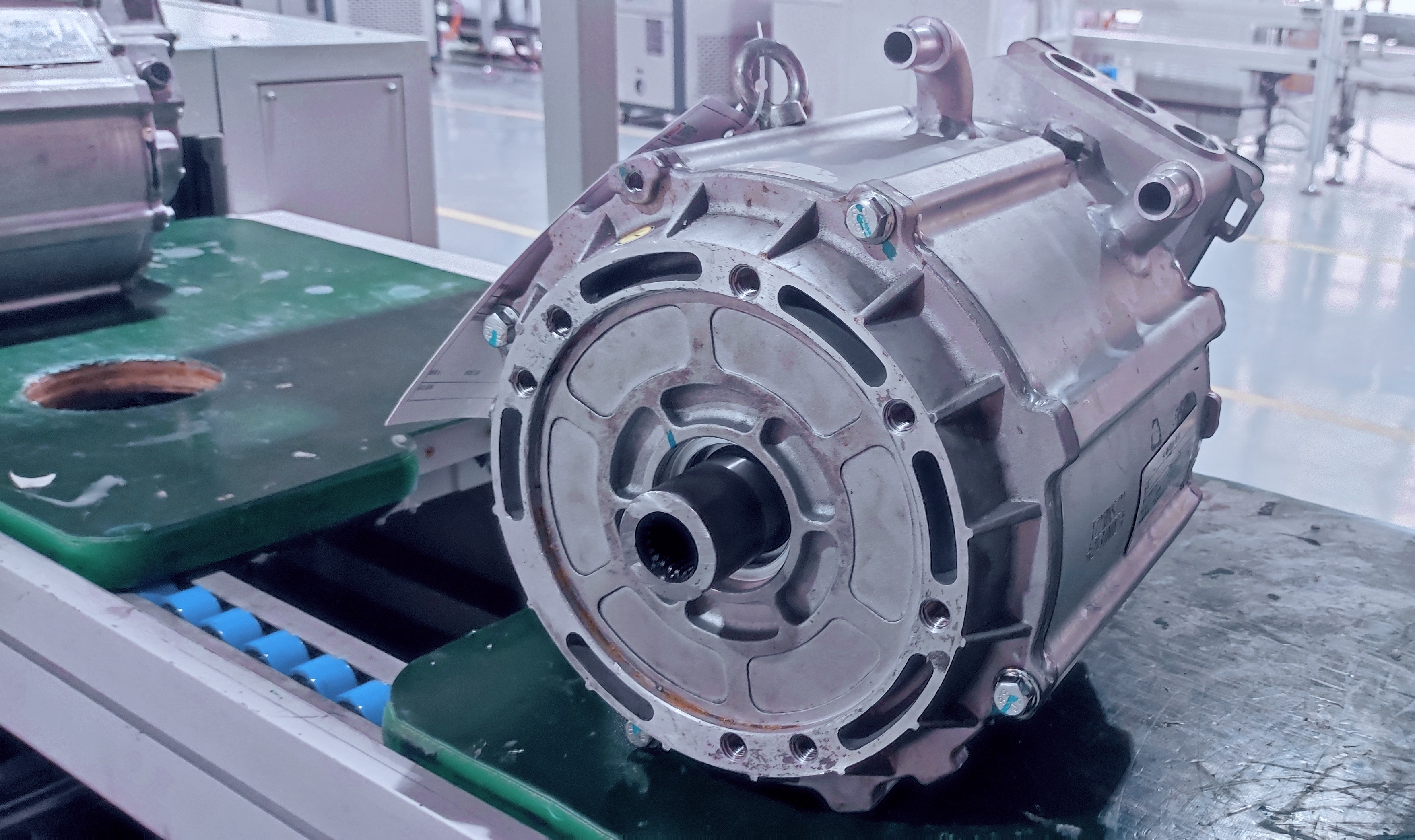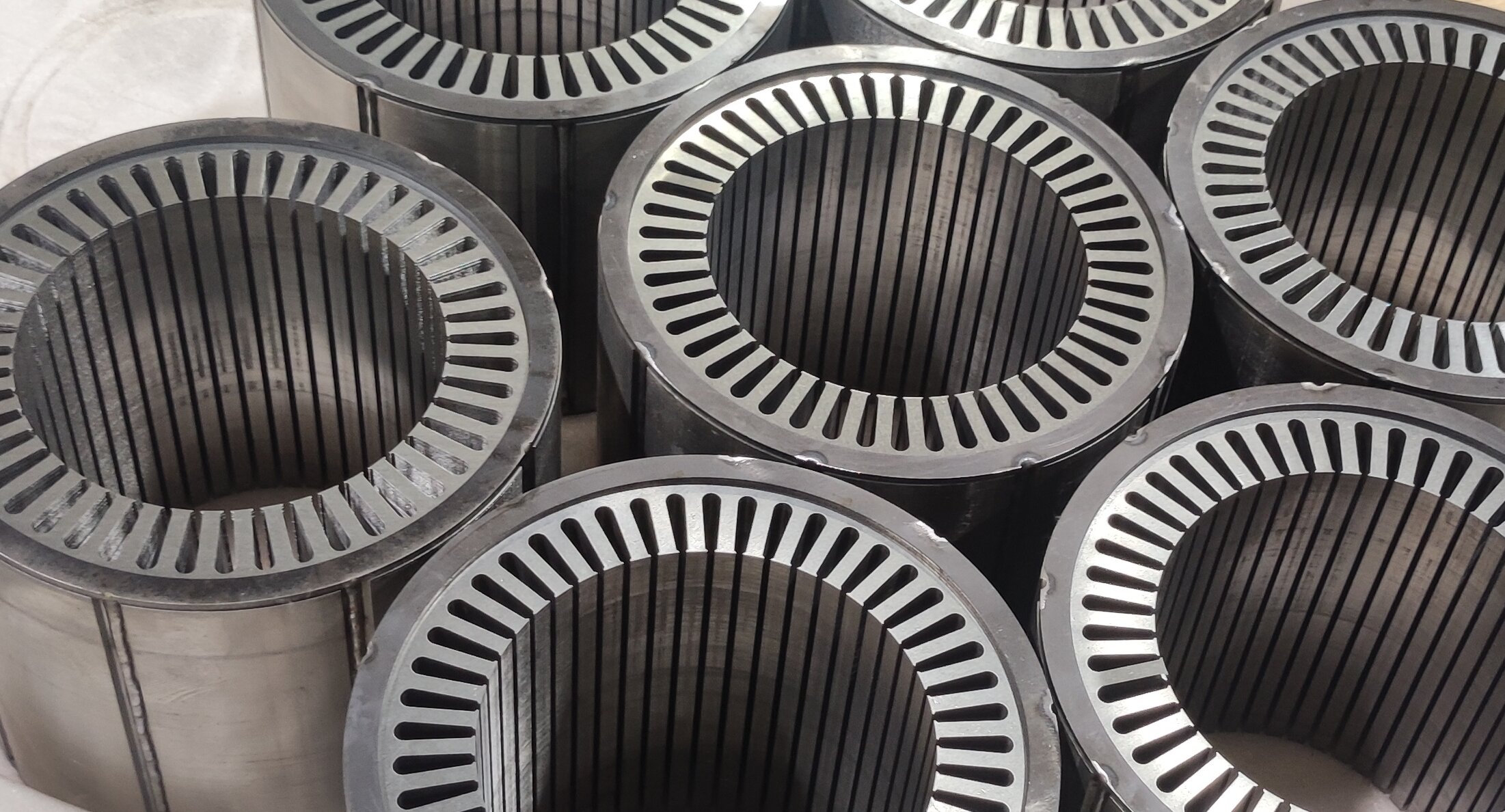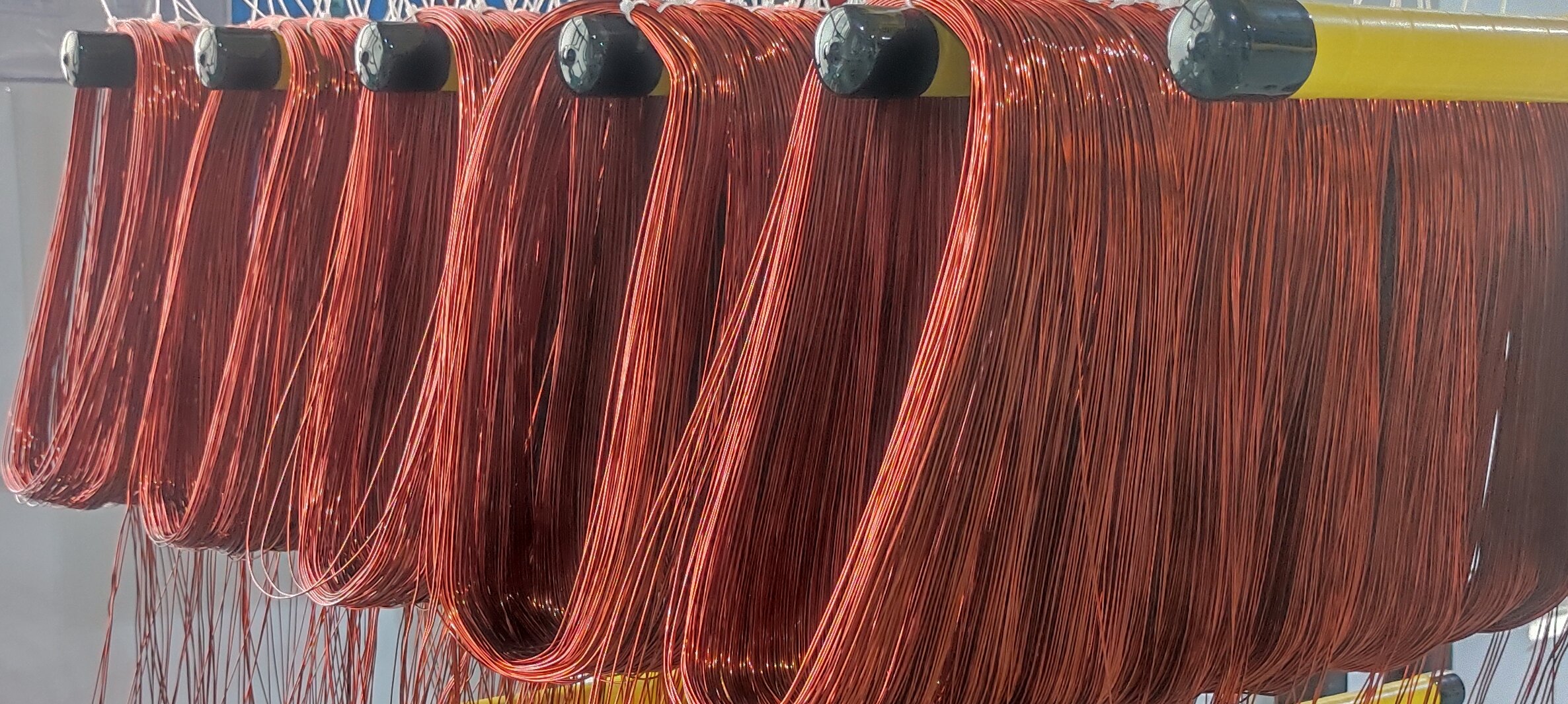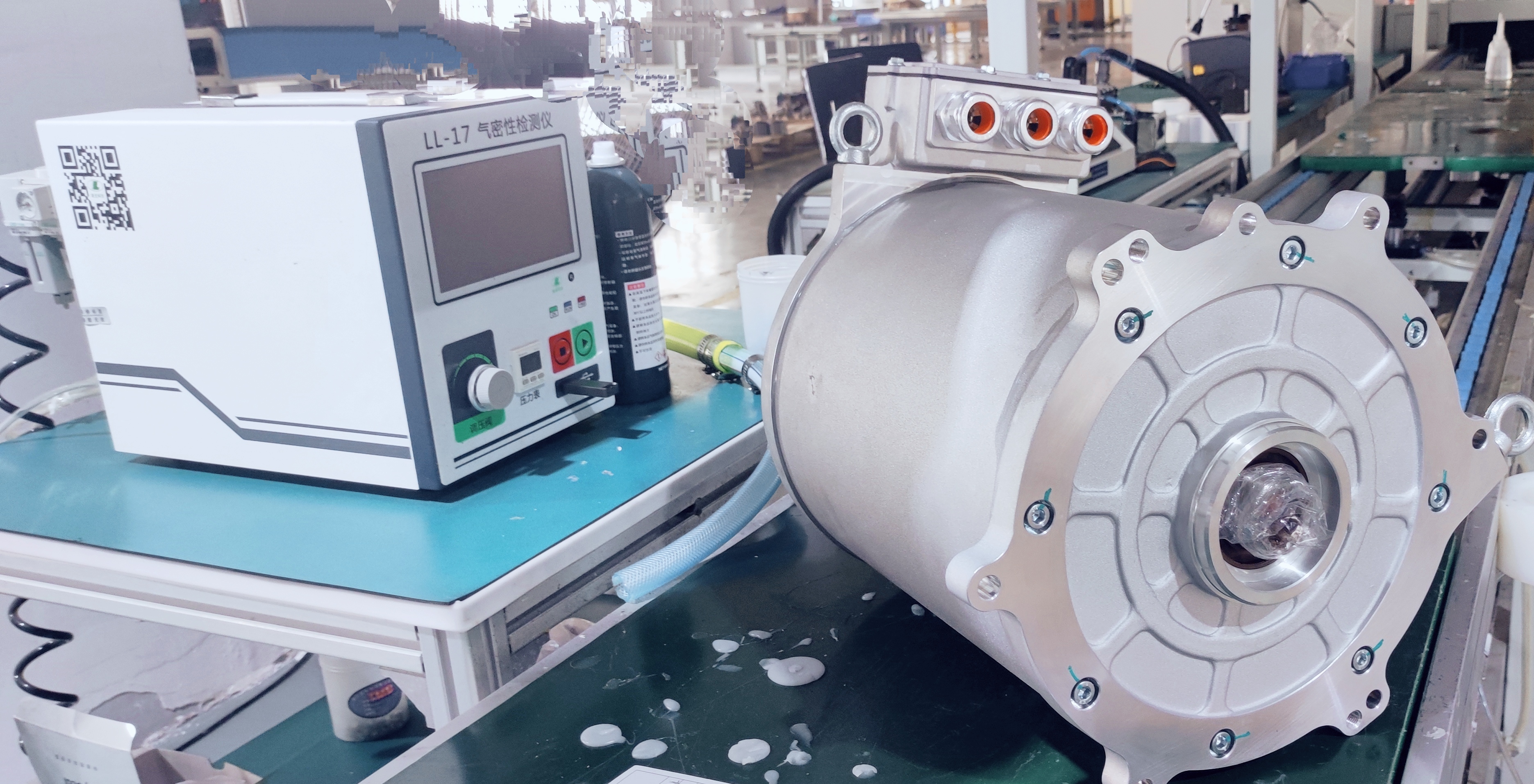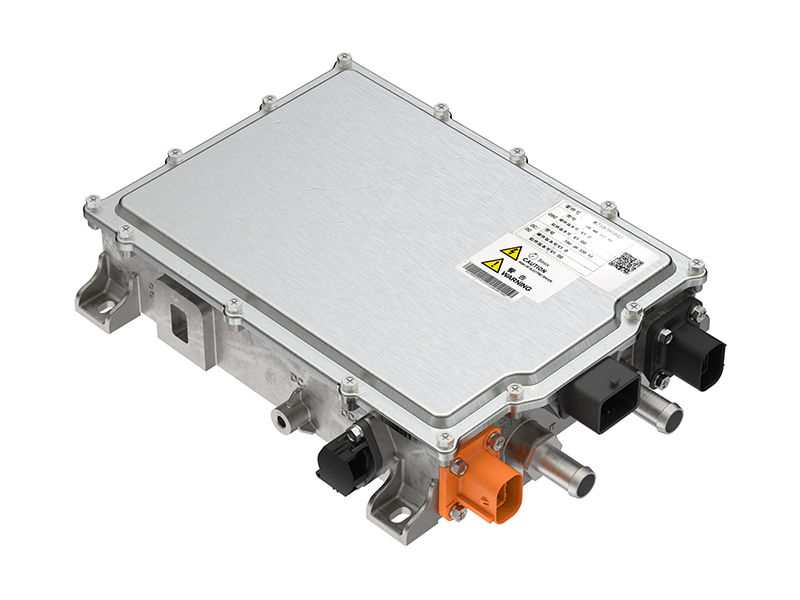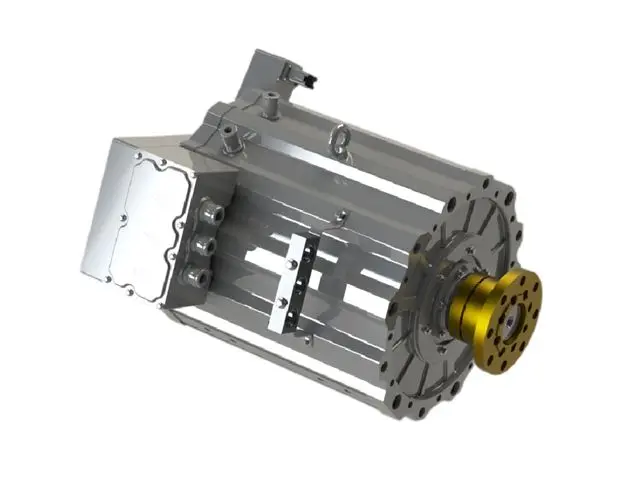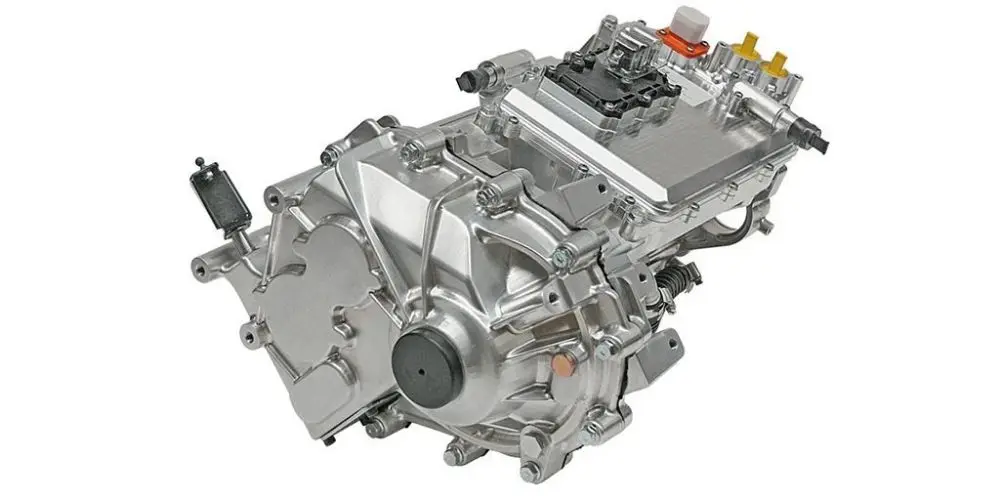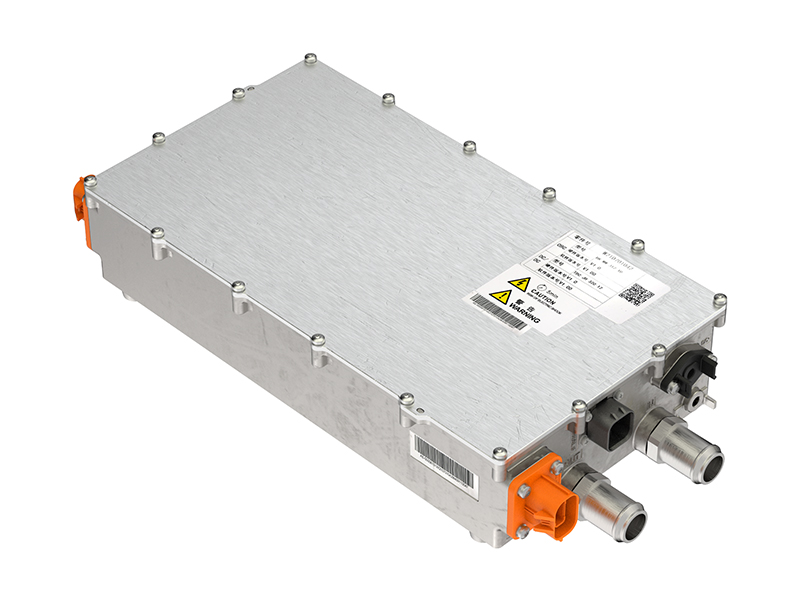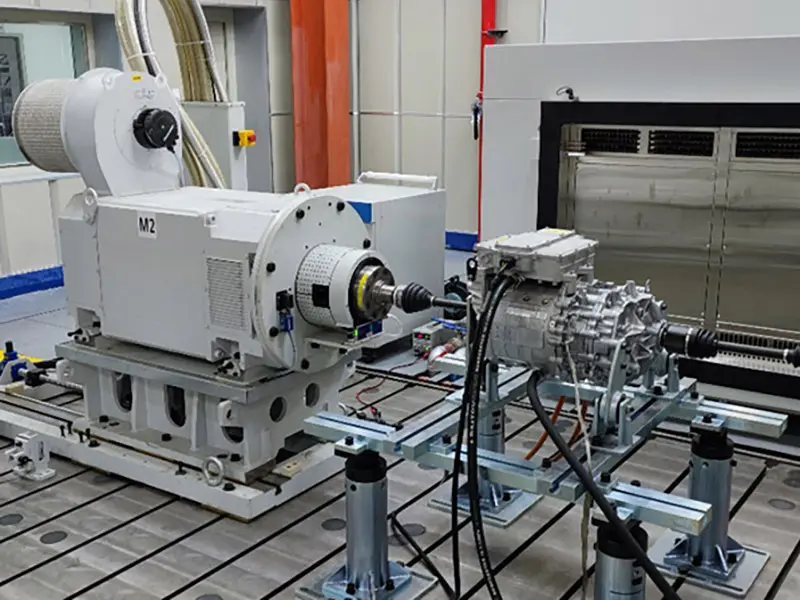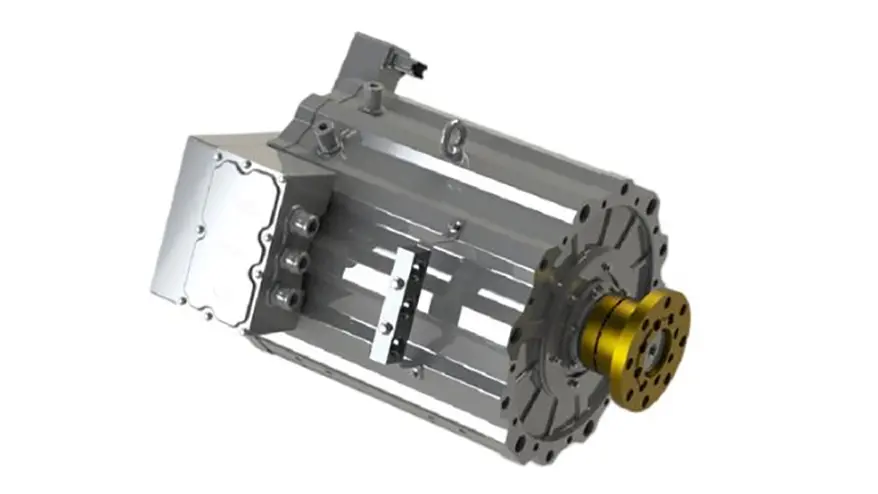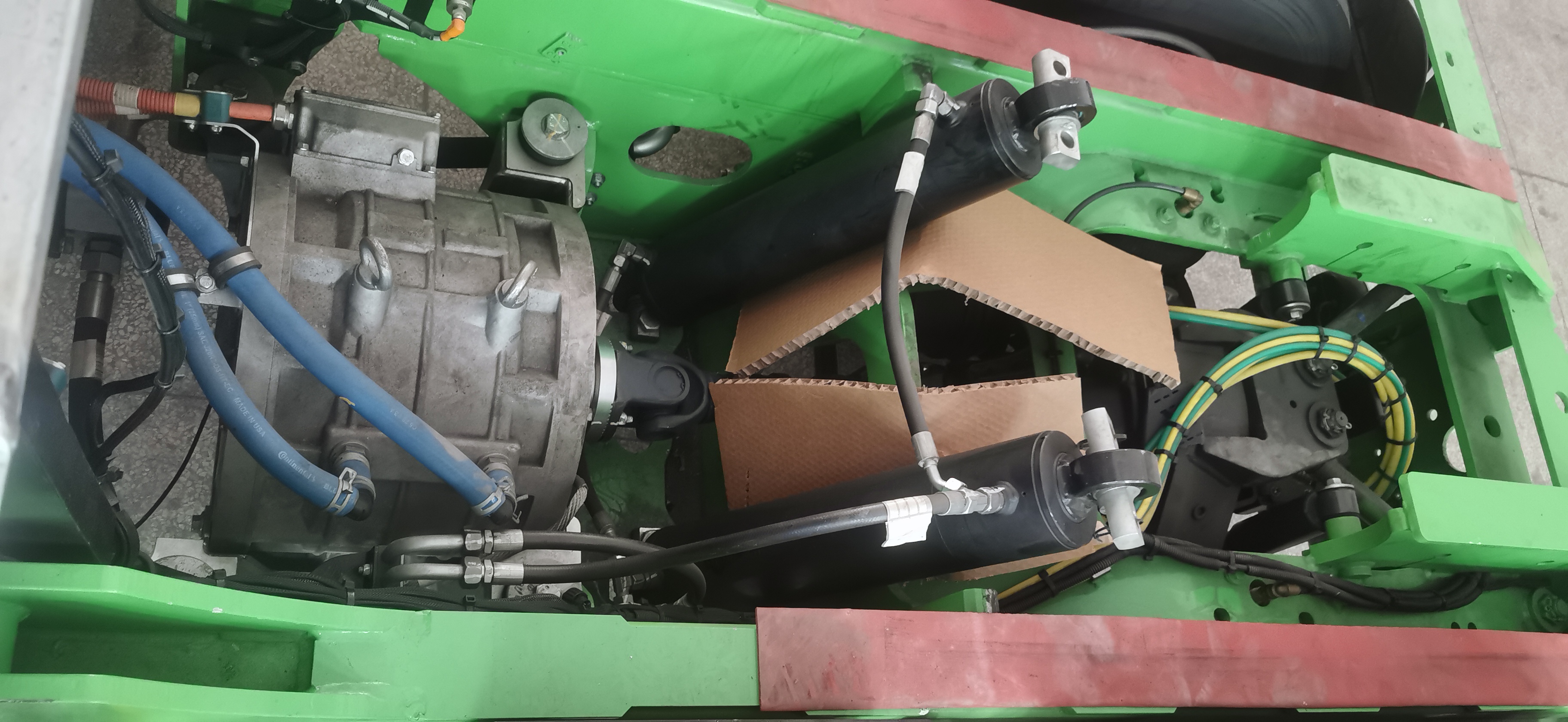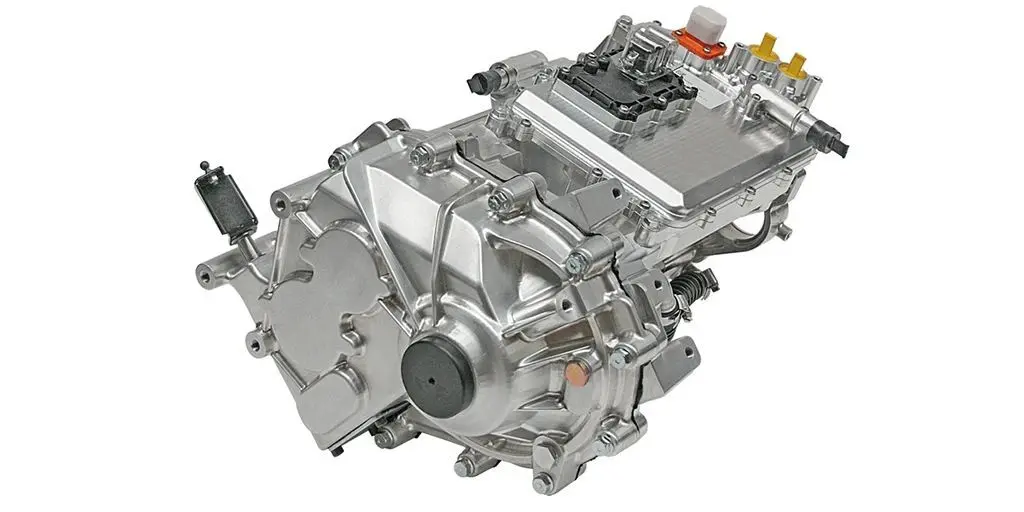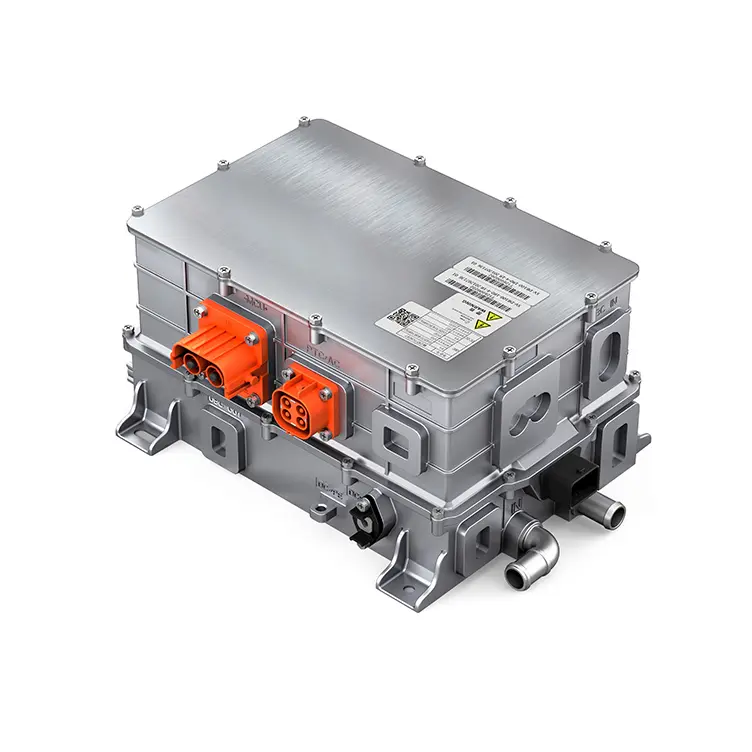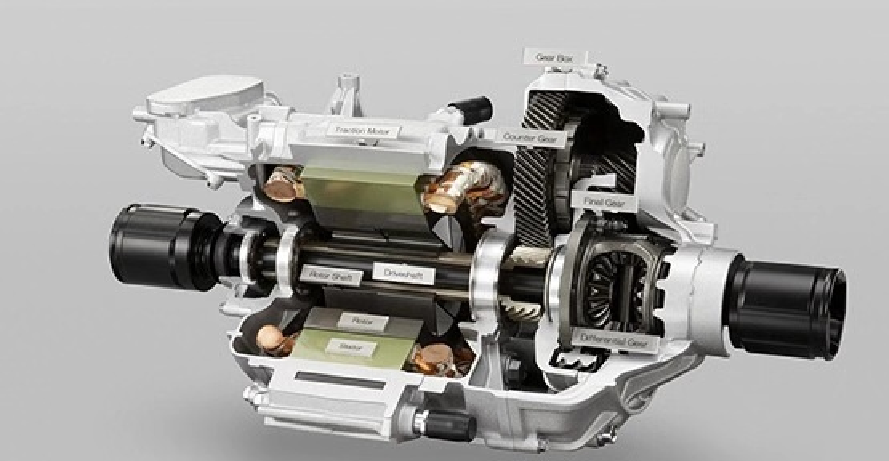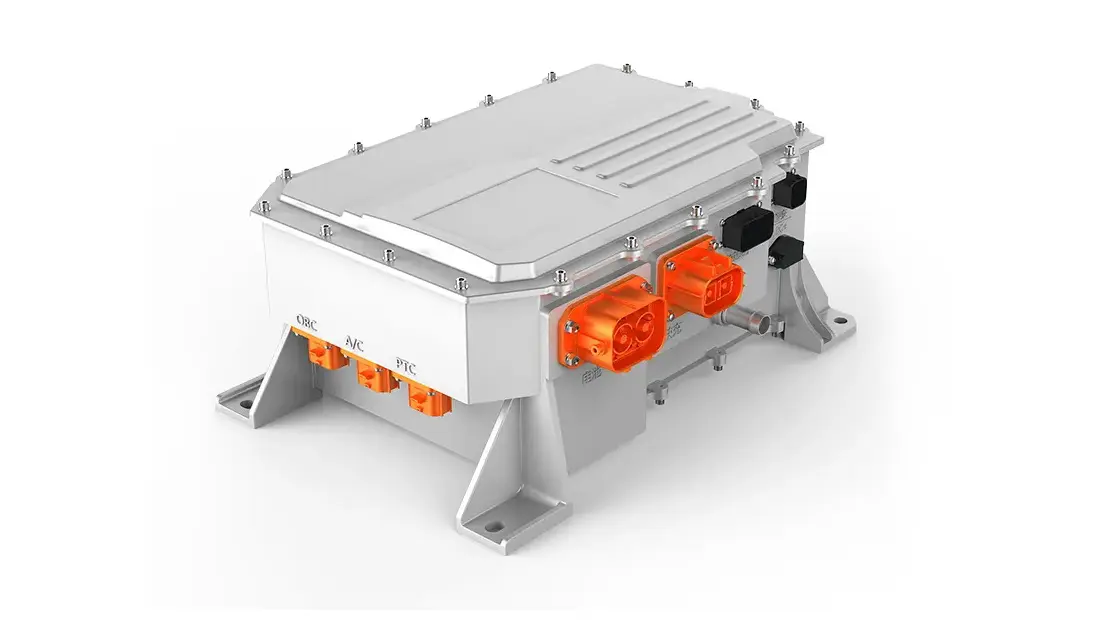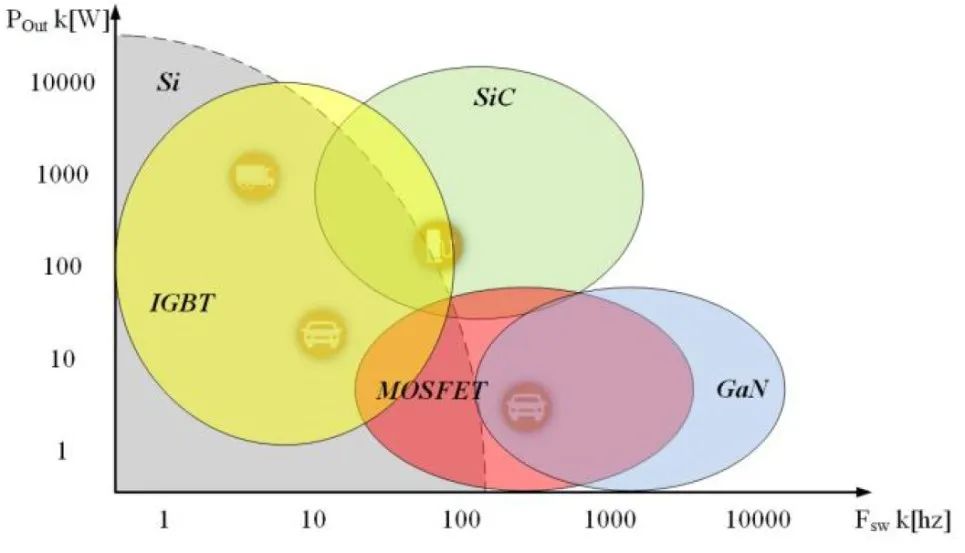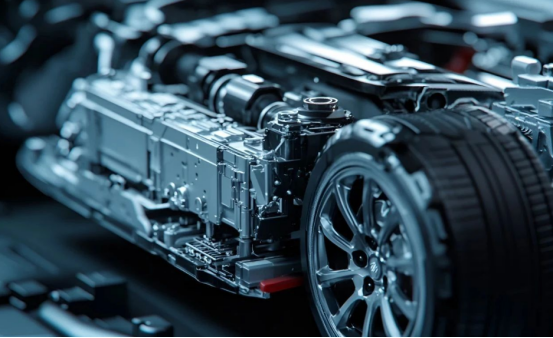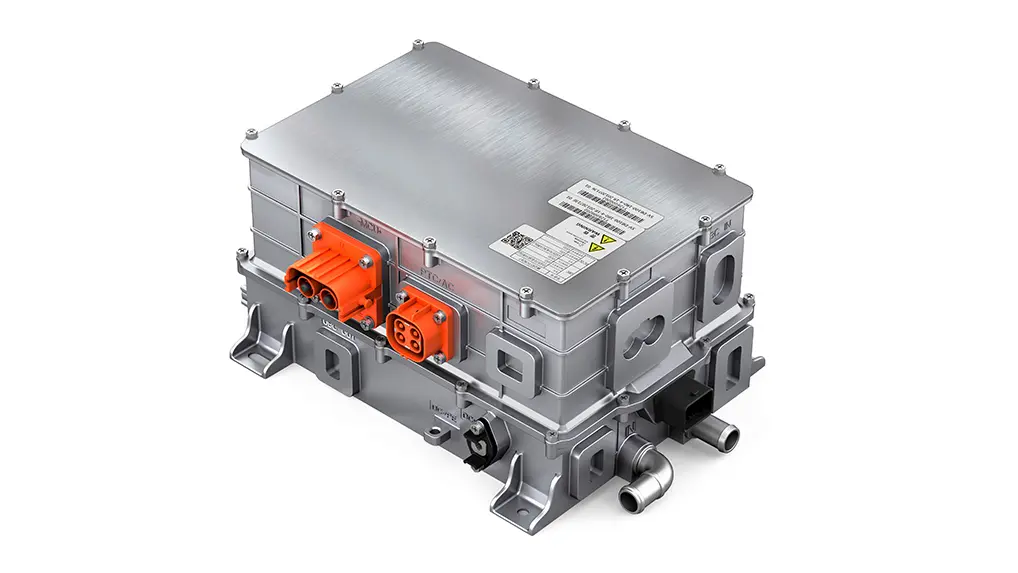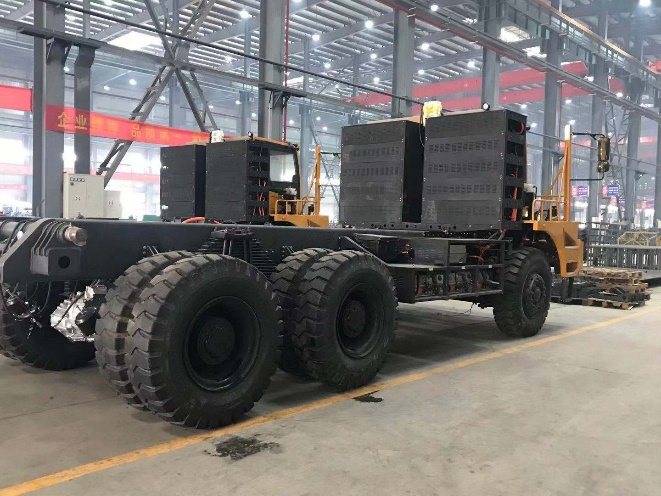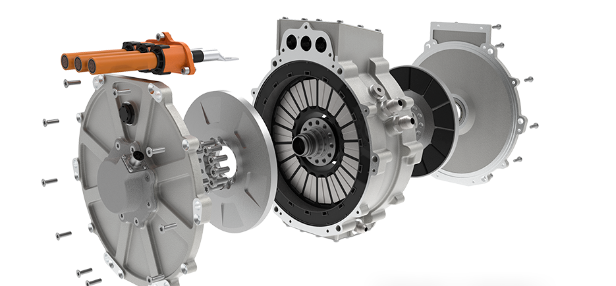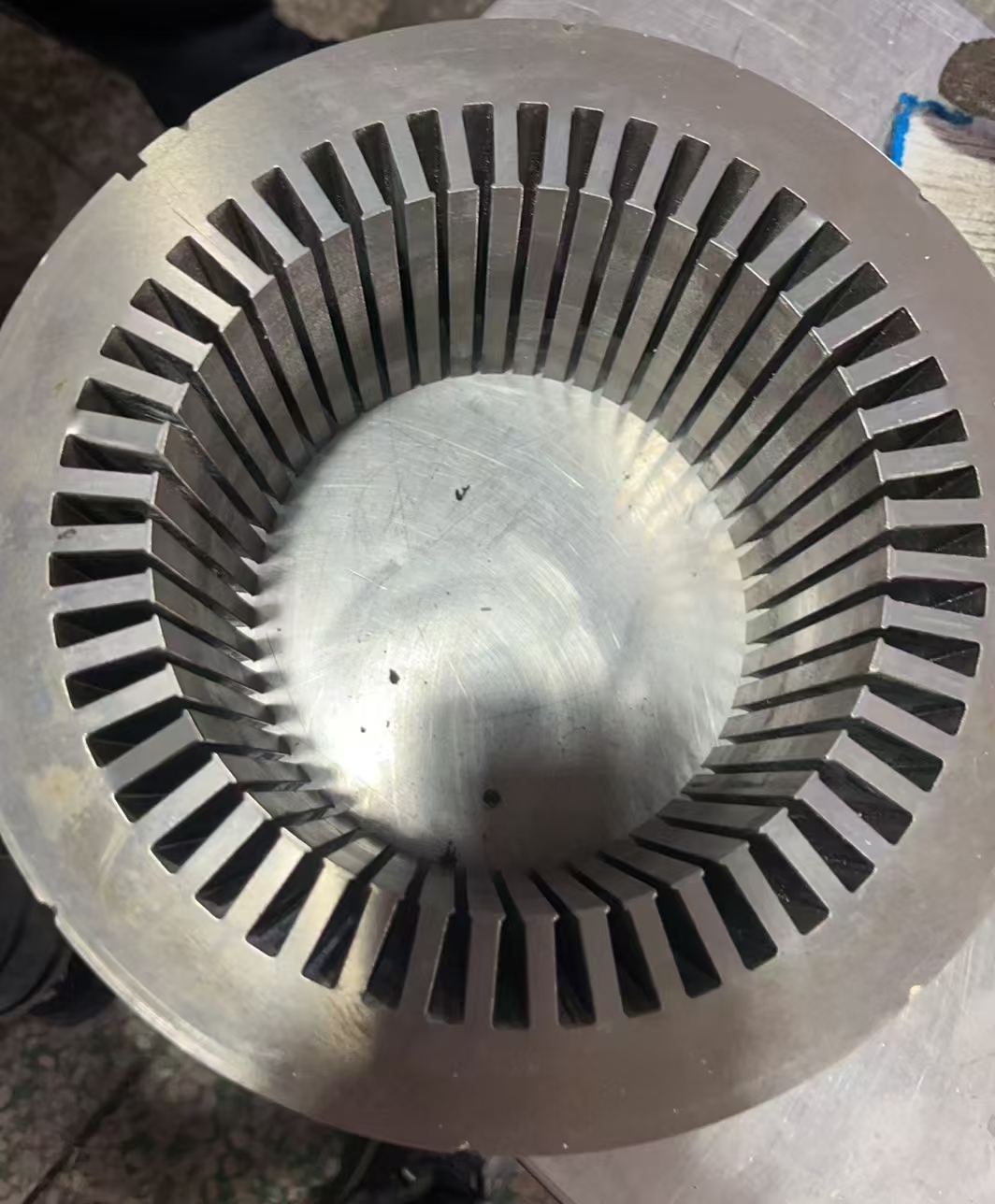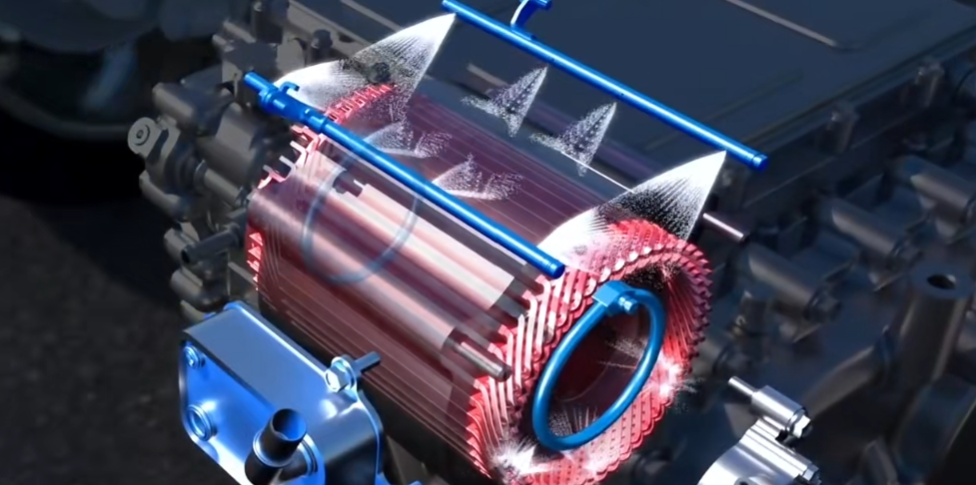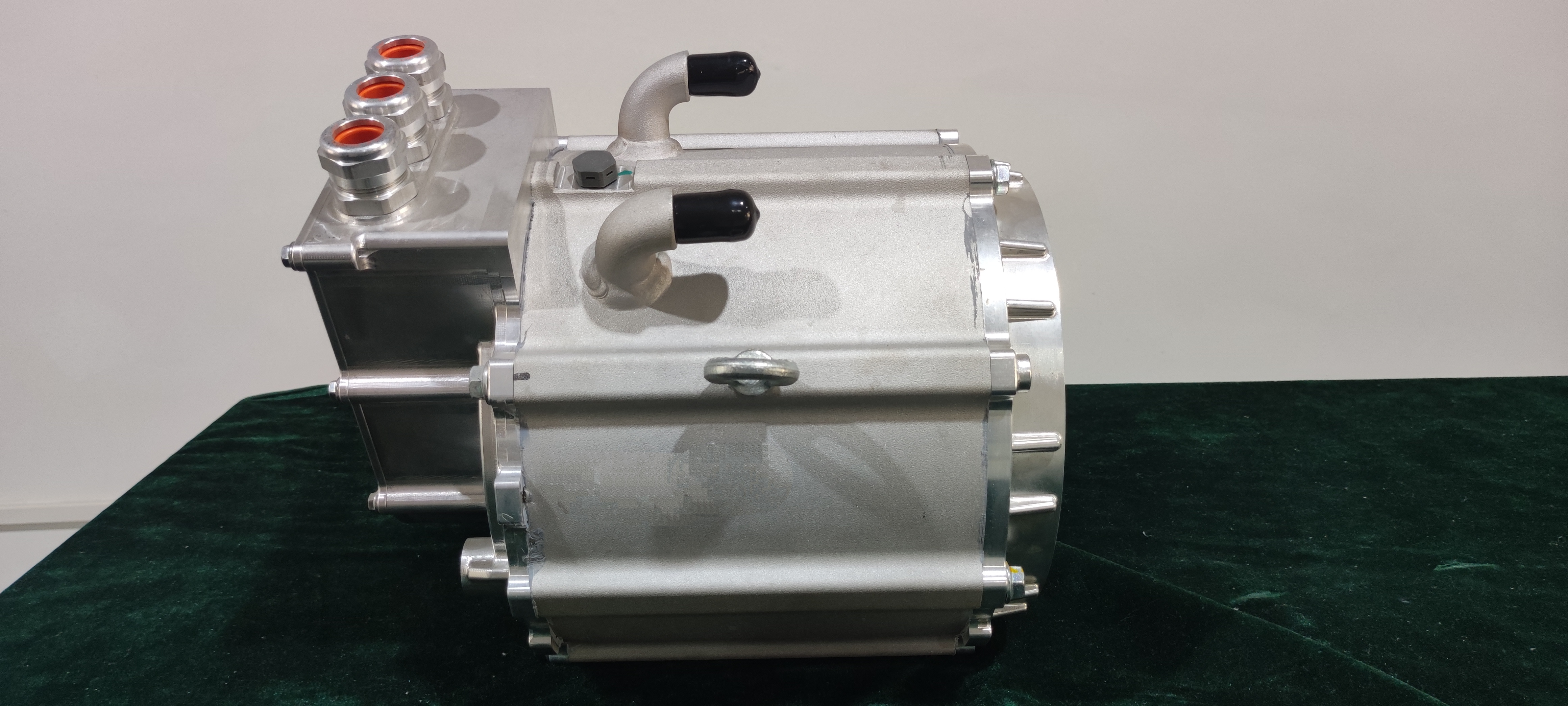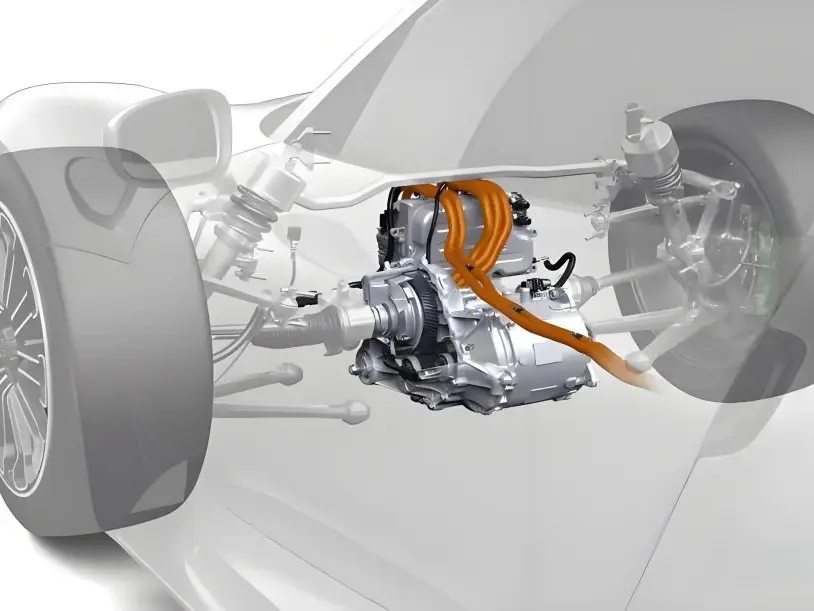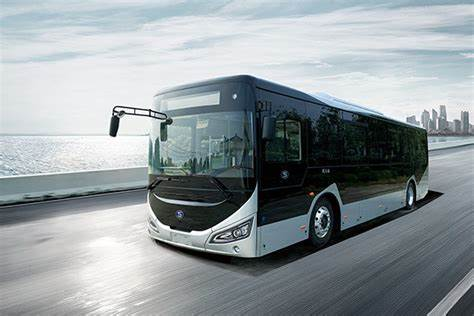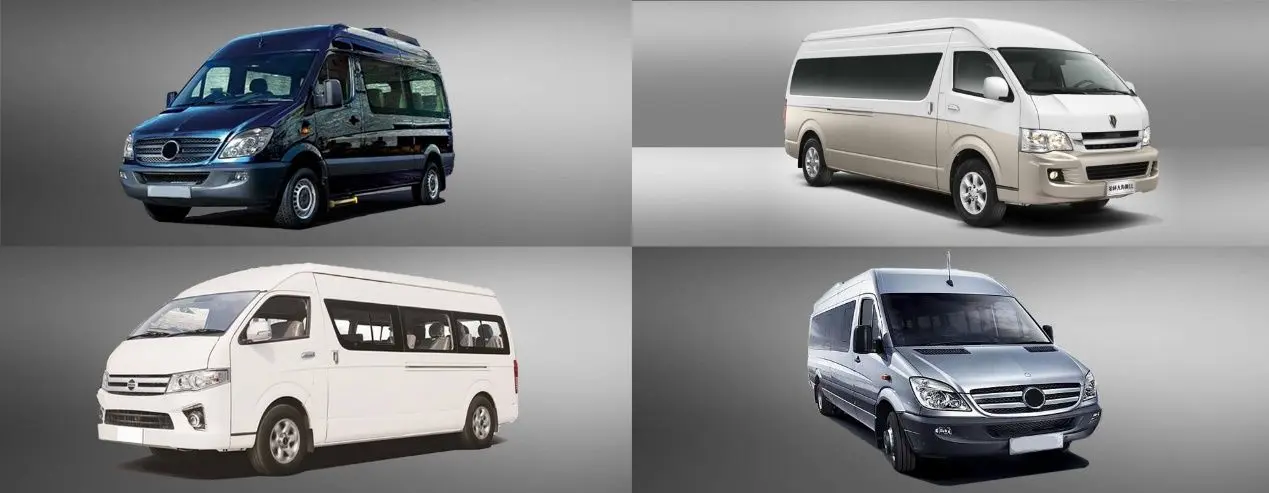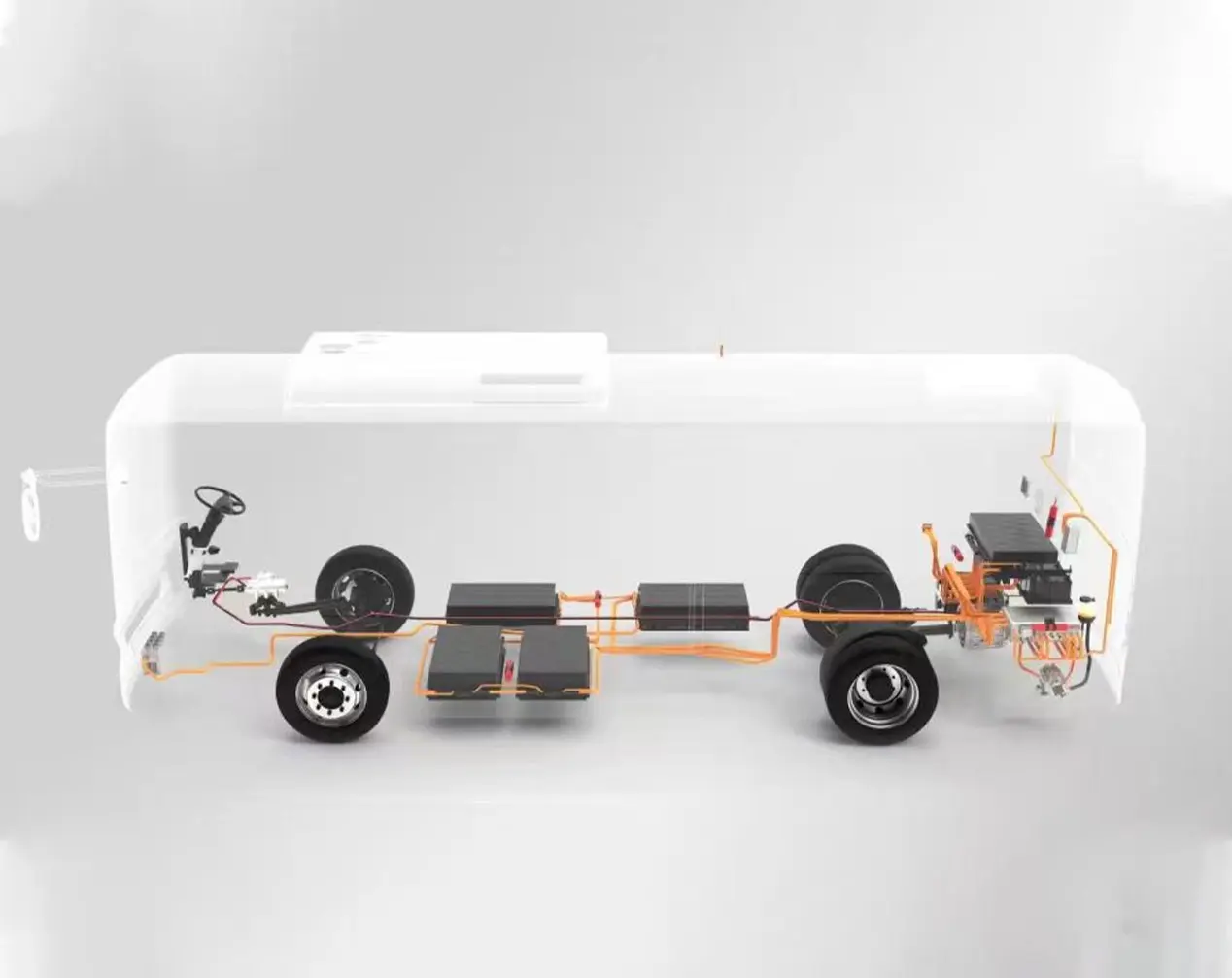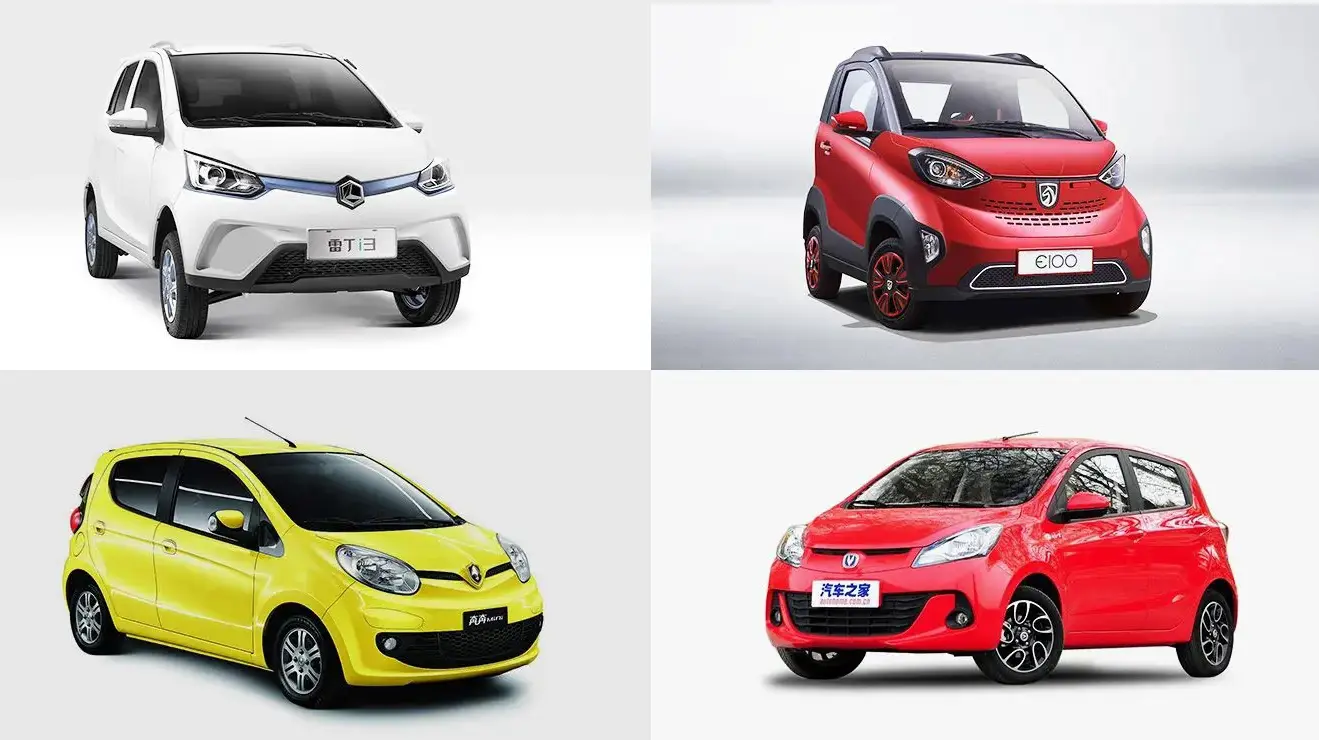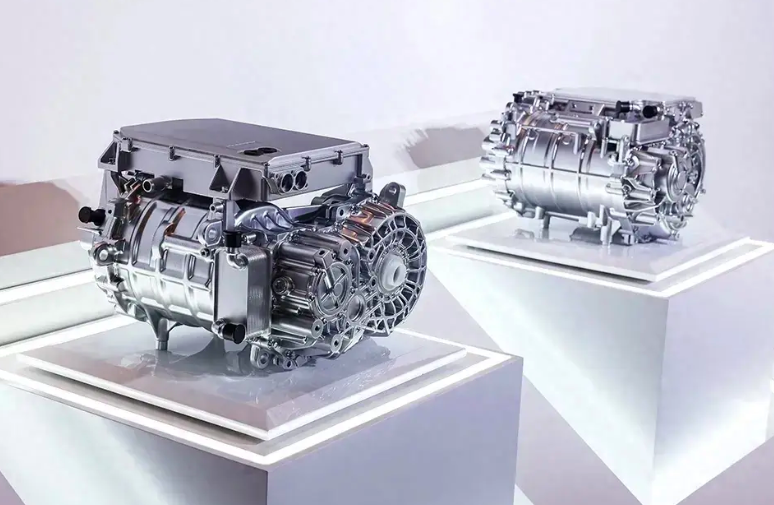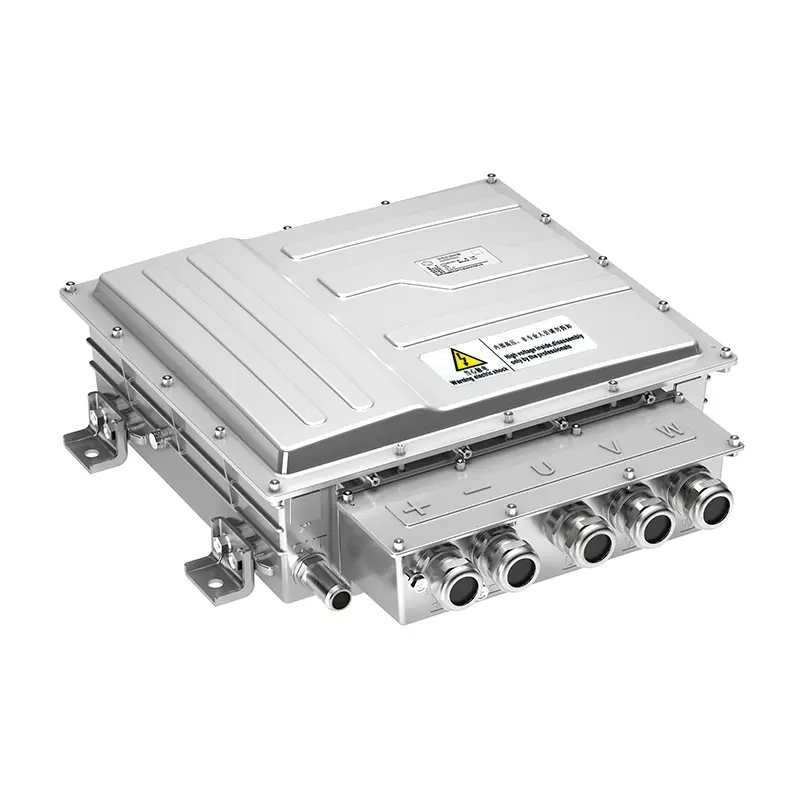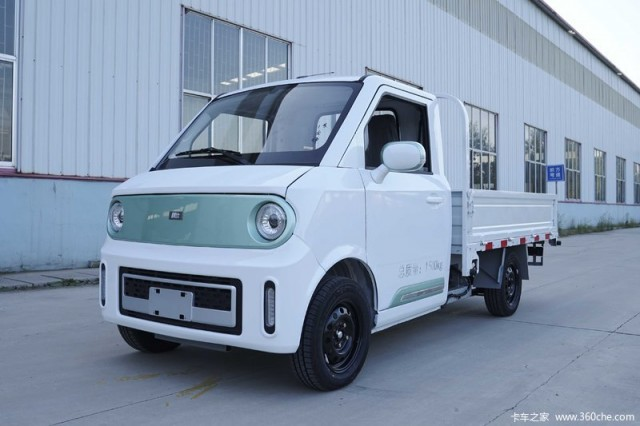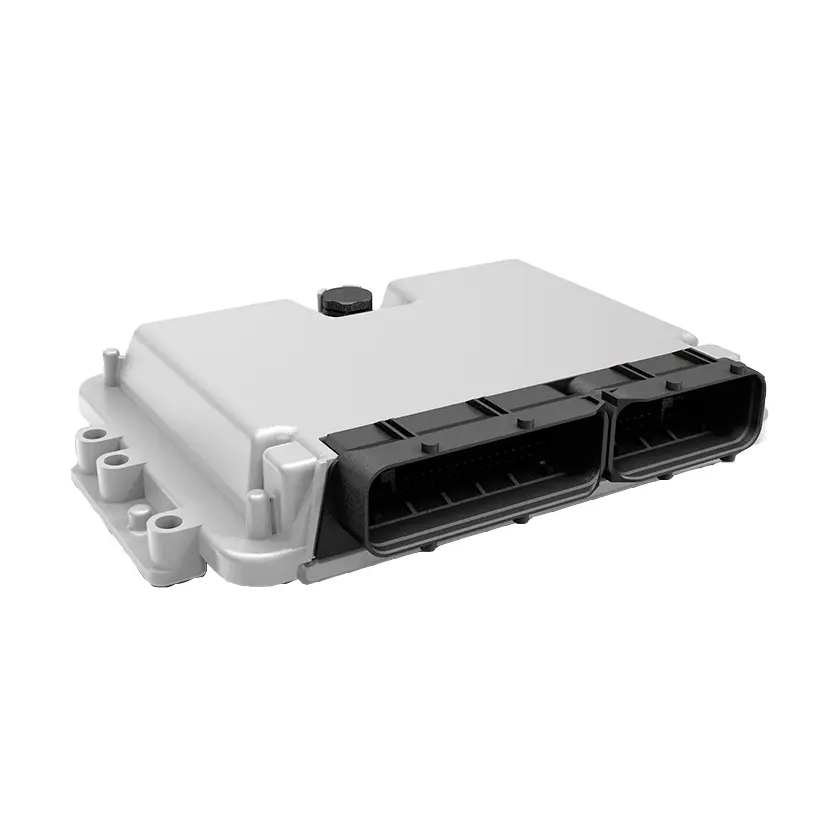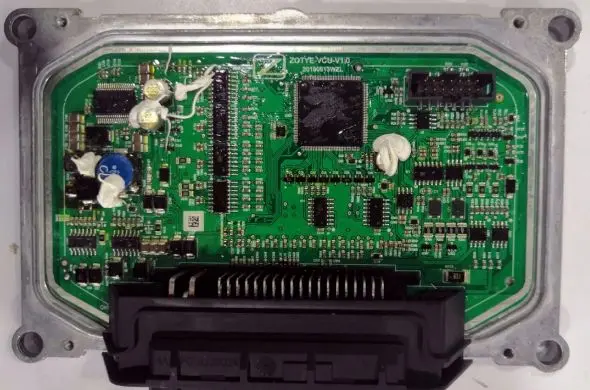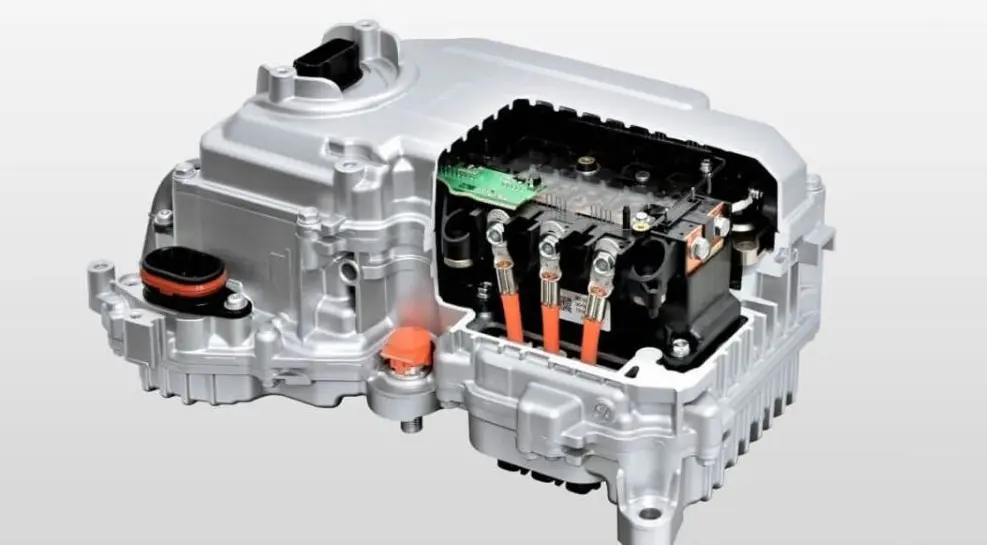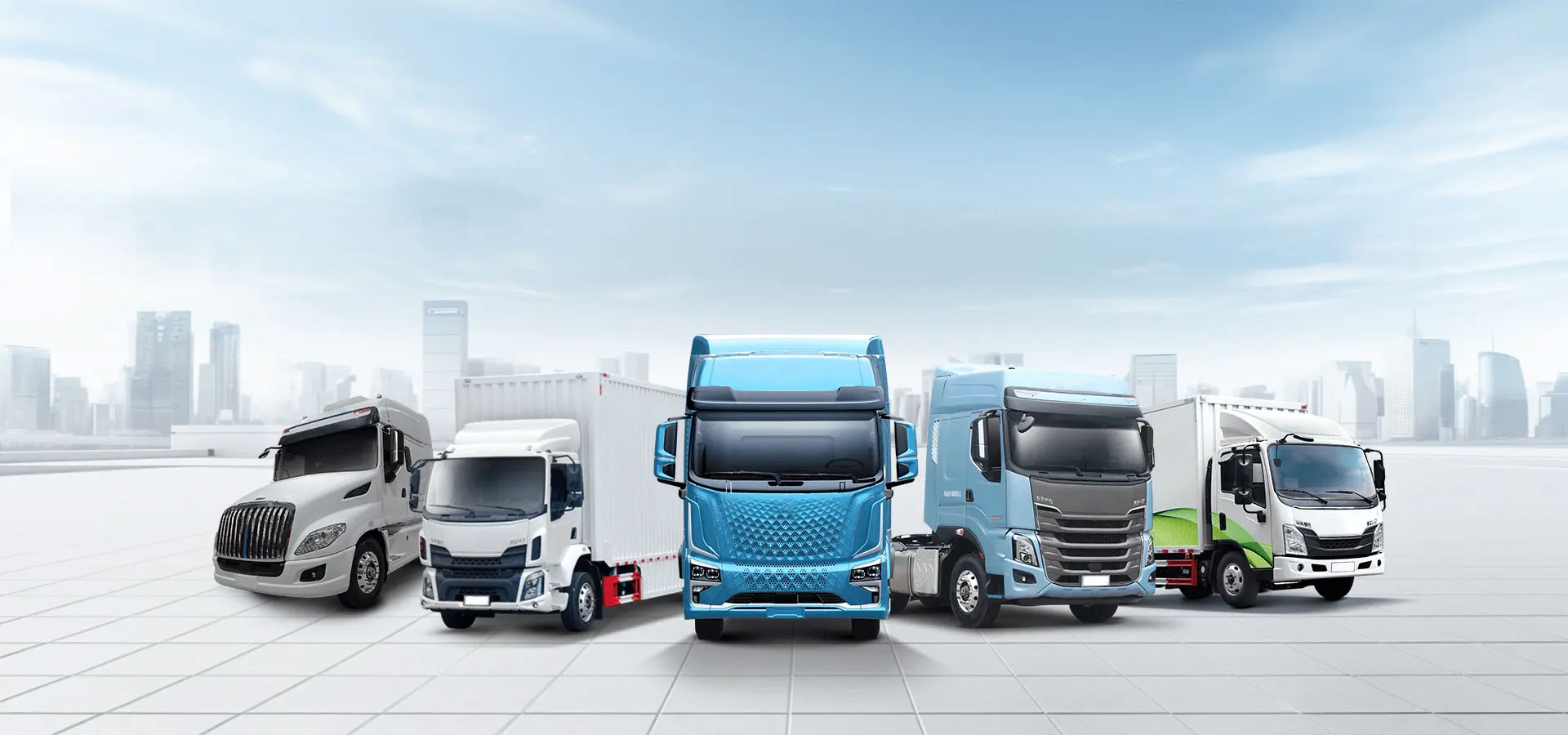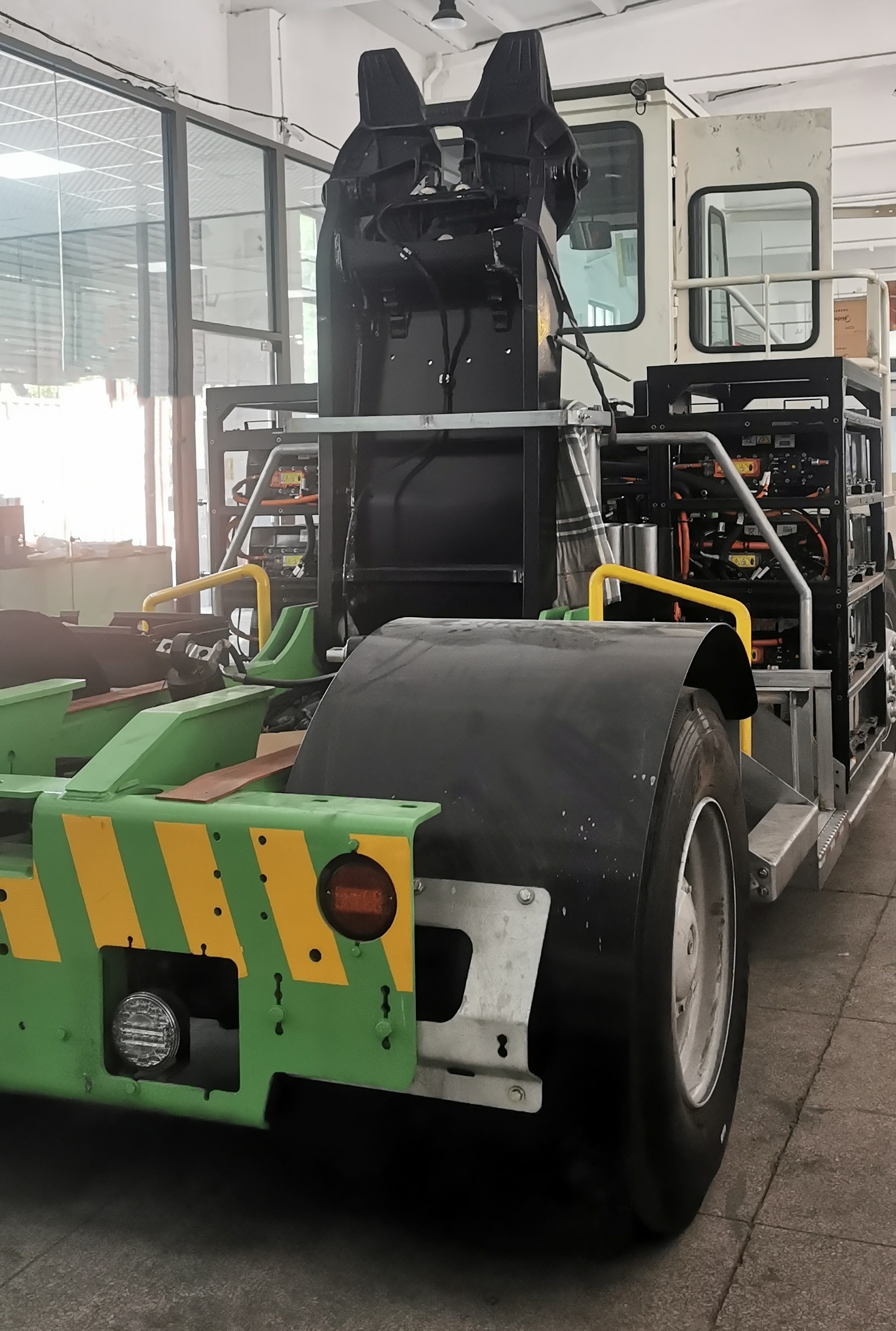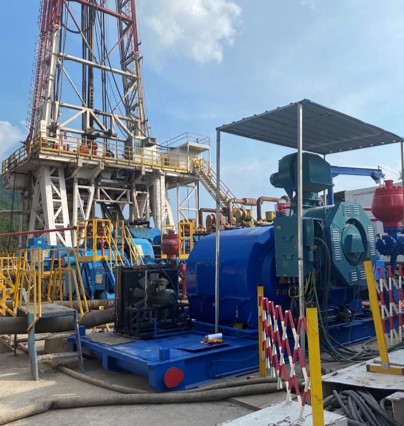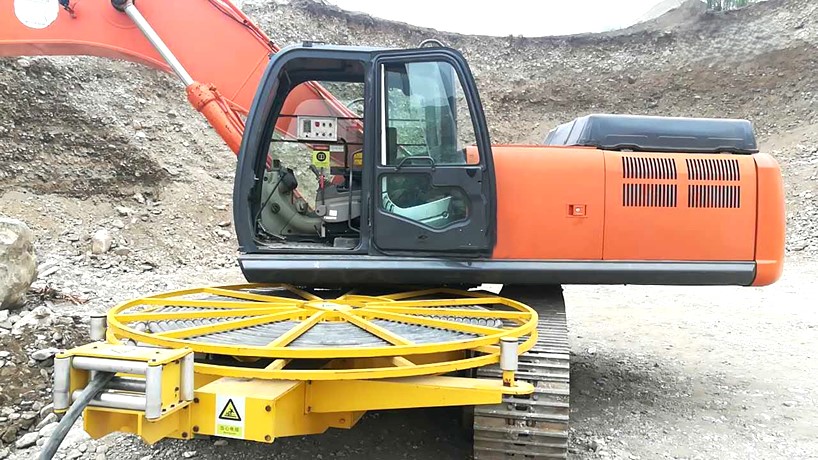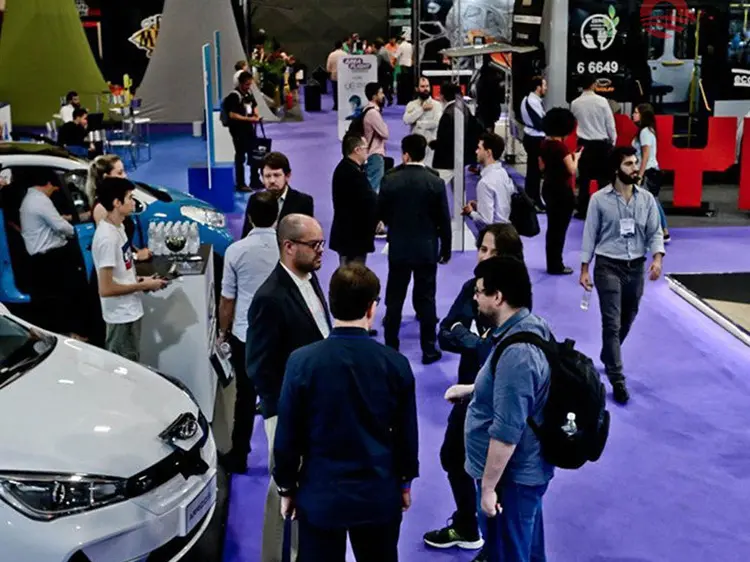EV Electric Motor Types Compared: Which One Fits Your Vehicle Best?
Introduction to EV Electric Motors
The automotive industry is undergoing a profound transformation, with the EV Electric Motor at its core. Unlike traditional combustion engines, these motors convert electrical energy stored in high-capacity batteries into mechanical energy to move the vehicle. This fundamental shift provides numerous advantages, including instant torque, lower emissions, quieter operation, and simplified mechanical design.
Modern EVs rely heavily on the motor type to define their driving characteristics. While the battery stores energy, it is the motor that determines how efficiently this energy is transformed into motion, affecting acceleration, top speed, range, and overall vehicle performance. Understanding the differences between motor types is critical for manufacturers and consumers alike, as each type offers unique advantages and limitations.
The most commonly deployed motors in electric vehicles today include Permanent Magnet Synchronous Motors (PMSM), Induction Motors (Asynchronous Motors), and Brushless DC Motors (BLDC). While they share the same fundamental goal of converting electricity into motion, the way they achieve this, their efficiency, durability, and suitability for various vehicle types, can vary significantly.
Permanent Magnet Synchronous Motors (PMSM)
Permanent Magnet Synchronous Motors (PMSM) have emerged as one of the most popular choices in passenger EVs due to their high efficiency, compact design, and smooth torque delivery. The rotor contains permanent magnets that interact with the rotating magnetic field of the stator, enabling the motor to spin synchronously and produce power with minimal energy loss.
One of the primary strengths of PMSM is its energy efficiency, often exceeding 90% across a wide range of operating conditions. This high efficiency translates directly into longer driving ranges, making PMSM particularly suitable for daily commuter vehicles and premium EV models. The compactness and light weight of these motors also allow engineers to design vehicles with more interior space and lower overall weight, further enhancing efficiency.
Despite these advantages, PMSM does have limitations. The reliance on rare-earth magnets, such as neodymium, increases material costs and introduces supply chain vulnerabilities. Additionally, excessive heat can partially demagnetize the magnets, slightly reducing performance over time. Nevertheless, the combination of performance, efficiency, and smooth driving experience makes PMSM a preferred motor type for many modern EVs, including the Tesla Model 3, BMW i3, and Hyundai Kona Electric.

Induction Motors (Asynchronous Motors)
Induction Motors, also known as Asynchronous Motors, are celebrated for their robustness, durability, and cost stability. Unlike PMSM, induction motors do not require permanent magnets. Instead, they operate by generating a magnetic field in the rotor through electromagnetic induction, responding to the rotating field of the stator. This design makes them inherently resilient to heat and heavy workloads.
The main advantage of induction motors lies in their durability and performance under stress, making them ideal for commercial vehicles, electric trucks, and buses. They excel in applications requiring sustained high-speed operation and consistent torque delivery. However, these motors generally exhibit lower efficiency at low speeds compared to PMSM, which can slightly reduce vehicle range in stop-and-go urban conditions.
Early Tesla models, such as the Model S and Model X, employed induction motors to leverage their robust performance characteristics. While slightly heavier and more complex in cooling requirements than PMSM, induction motors remain a practical choice where long-term reliability and reduced dependency on rare-earth materials are priorities.
Brushless DC Motors (BLDC)
Brushless DC Motors (BLDC) represent a versatile solution widely used in smaller electric vehicles, scooters, and light-duty cars. These motors eliminate mechanical brushes by employing electronic commutation, which reduces wear and allows for precise control of torque and speed. The result is a motor that is efficient, low-maintenance, and suitable for urban driving.
BLDC motors deliver strong low-speed torque, making them ideal for city driving with frequent stops and starts. They are compact and cost-effective, which is why they are favored in small EVs and two-wheelers. However, their efficiency decreases at higher speeds, and they are generally less suitable for large passenger vehicles or heavy-duty trucks.
Despite these limitations, the combination of low maintenance, good efficiency for small vehicles, and precise torque control ensures that BLDC motors continue to play a critical role in the EV ecosystem, especially in affordable urban mobility solutions.
Comparing Torque, Efficiency, and Power Output
Understanding the performance differences among EV Electric Motors requires examining torque, efficiency, and power output. Torque determines the vehicle’s ability to accelerate and handle heavy loads. PMSM motors provide high torque density at low speeds, giving electric cars smooth and responsive acceleration. Induction motors offer a broader torque curve, which benefits vehicles designed for high-speed operation or heavy-duty tasks. BLDC motors deliver adequate torque for small vehicles but are less scalable for high-power applications.
Efficiency is a key determinant of range. PMSM generally achieves superior energy efficiency, BLDC motors are slightly lower but still effective for light vehicles, and induction motors lag behind, especially under low-load conditions. Power output capabilities also vary; induction motors handle higher sustained loads, PMSM strikes a balance between performance and efficiency, and BLDC is best for light-duty scenarios.
EV Electric Motor selection should consider the interplay of these factors with the intended driving environment. City commuters benefit from PMSM or BLDC, while commercial EVs and trucks often leverage induction motors for their resilience.
Battery Compatibility and Motor Selection
The choice of motor type significantly influences battery design and energy management. PMSM motors, with their high efficiency, complement high-energy-density batteries, maximizing driving range. Induction motors, being less efficient, may require larger batteries or advanced cooling systems to maintain performance. BLDC motors are compatible with smaller, cost-effective battery packs suitable for urban EVs.
Manufacturers often integrate battery chemistry, cooling solutions, and motor design to optimize overall system performance. For example, pairing a high-capacity lithium-ion battery with a PMSM allows for long-range EVs, whereas smaller lithium-iron-phosphate batteries paired with BLDC motors provide affordable short-range solutions.
Maintenance and Lifespan Considerations
One of the advantages of EV Electric Motors over internal combustion engines is reduced maintenance. PMSM motors are relatively low-maintenance but require monitoring for thermal stress on magnets. Induction motors are extremely durable and can handle extensive use but rely on effective cooling systems to maintain performance. BLDC motors are the easiest to maintain due to their brushless design, requiring minimal mechanical intervention.
Overall, EV motors can last hundreds of thousands of miles with minimal maintenance. Cooling systems, electronic controllers, and power electronics remain critical areas to monitor to ensure optimal motor lifespan.
Choosing the Best EV Electric Motor for Your Vehicle
Selecting the optimal EV Electric Motor depends on vehicle type, driving conditions, and priorities. City commuters or daily-use passenger EVs benefit from PMSM or BLDC motors due to their efficiency and responsive torque. Luxury or high-performance EVs favor PMSM for smooth acceleration and range optimization. Commercial trucks, buses, and fleet vehicles often employ induction motors to leverage durability and resilience under heavy loads. Smaller EVs, scooters, and two-wheelers primarily use BLDC motors for compactness and cost efficiency.
Integrating the motor with battery design, cooling systems, and expected usage ensures that the vehicle performs reliably, efficiently, and safely. Understanding these factors allows drivers, manufacturers, and fleet managers to make informed decisions regarding motor selection.
Comparison Table of Motor Types
|
Motor Type |
Efficiency |
Cost |
Durability |
Best Use Case |
Example Vehicles |
|
PMSM |
High (90–95%) |
Expensive |
Medium (heat-sensitive) |
Passenger cars, luxury EVs |
Tesla Model 3, BMW i3 |
|
Induction Motor |
Medium (80–90%) |
Moderate |
Very High |
Heavy-duty EVs, trucks, buses |
Tesla Model S, electric buses |
|
BLDC |
Medium–High (85–90%) |
Low |
High |
Scooters, small EVs |
Nissan Leaf (variants), urban EVs |
Frequently Asked Questions (FAQ)
Q1: Which EV Electric Motor lasts the longest?
Induction motors generally last the longest due to their lack of permanent magnets and rugged construction.
Q2: Which motor is the most efficient?
PMSM delivers the best efficiency under most driving conditions.
Q3: Do EV Electric Motors require frequent maintenance?
No, EV motors have minimal maintenance needs compared to combustion engines. Cooling systems and electronic controllers need attention, but mechanical wear is low.
Q4: Why don’t all EVs use PMSM?
Cost and supply constraints of rare-earth magnets limit PMSM adoption in lower-priced EVs.
Q5: Can EV owners change the motor type later?
Practical replacement is not feasible; motors are integrated with battery packs and drivetrain design.
Q6: Are BLDC motors only for small vehicles?
Primarily, yes, but advanced controllers allow limited scaling to larger EVs.
Conclusion
The EV Electric Motor is the defining component of an electric vehicle, shaping performance, efficiency, and overall user experience. Understanding the distinctions between PMSM, induction, and BLDC motors is essential for informed decision-making by manufacturers, fleet managers, and consumers.
By evaluating torque, efficiency, battery compatibility, and maintenance, one can select the motor type that best aligns with vehicle goals. PMSM excels in efficiency and passenger comfort, induction motors dominate in durability and heavy-duty scenarios, and BLDC provides a cost-effective, low-maintenance solution for small EVs.
As electric vehicle technology evolves, motor innovations continue to enhance performance, reduce energy consumption, and expand the possibilities for sustainable mobility, ensuring that the right EV Electric Motor exists for every driving requirement.









